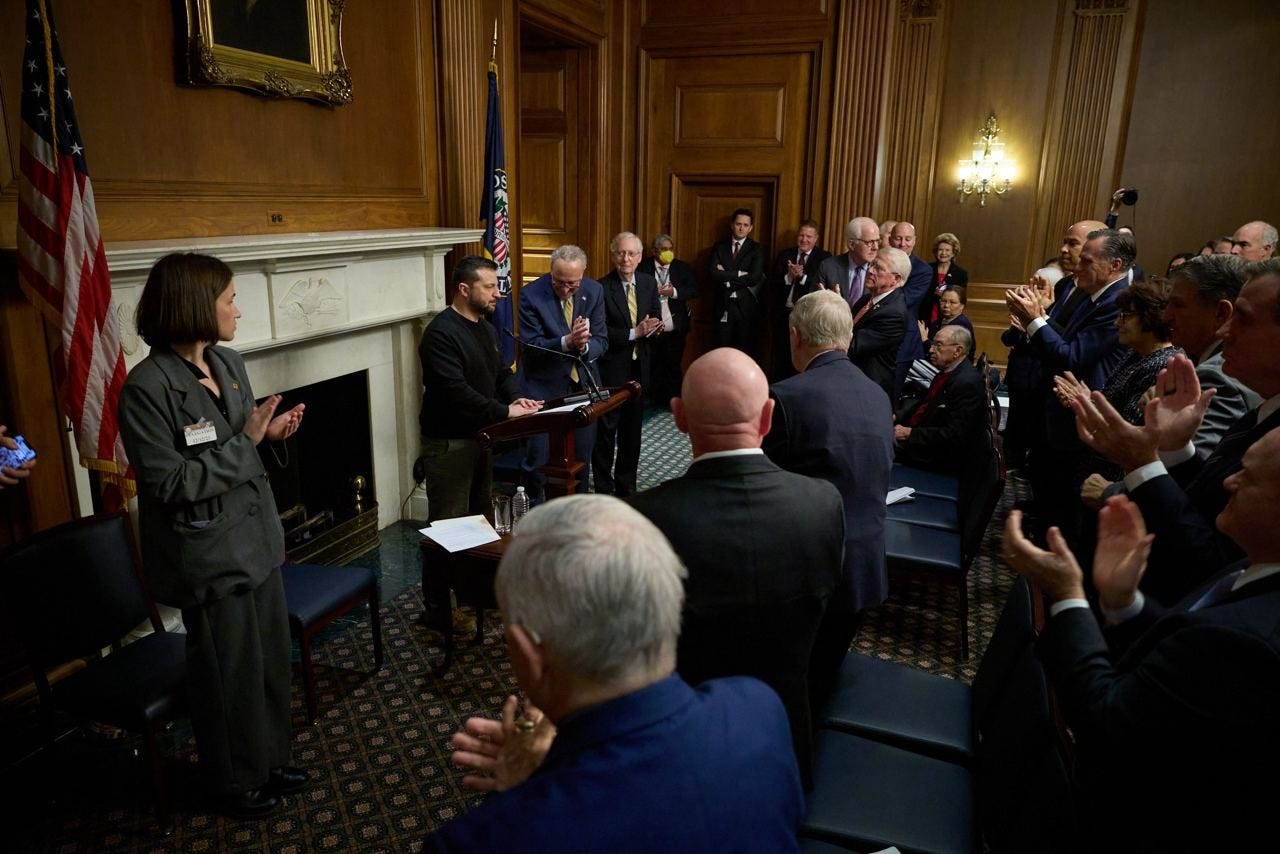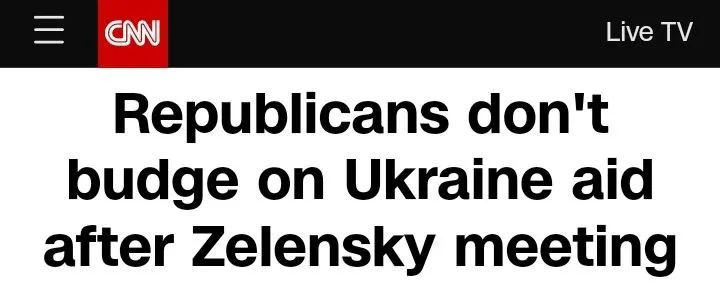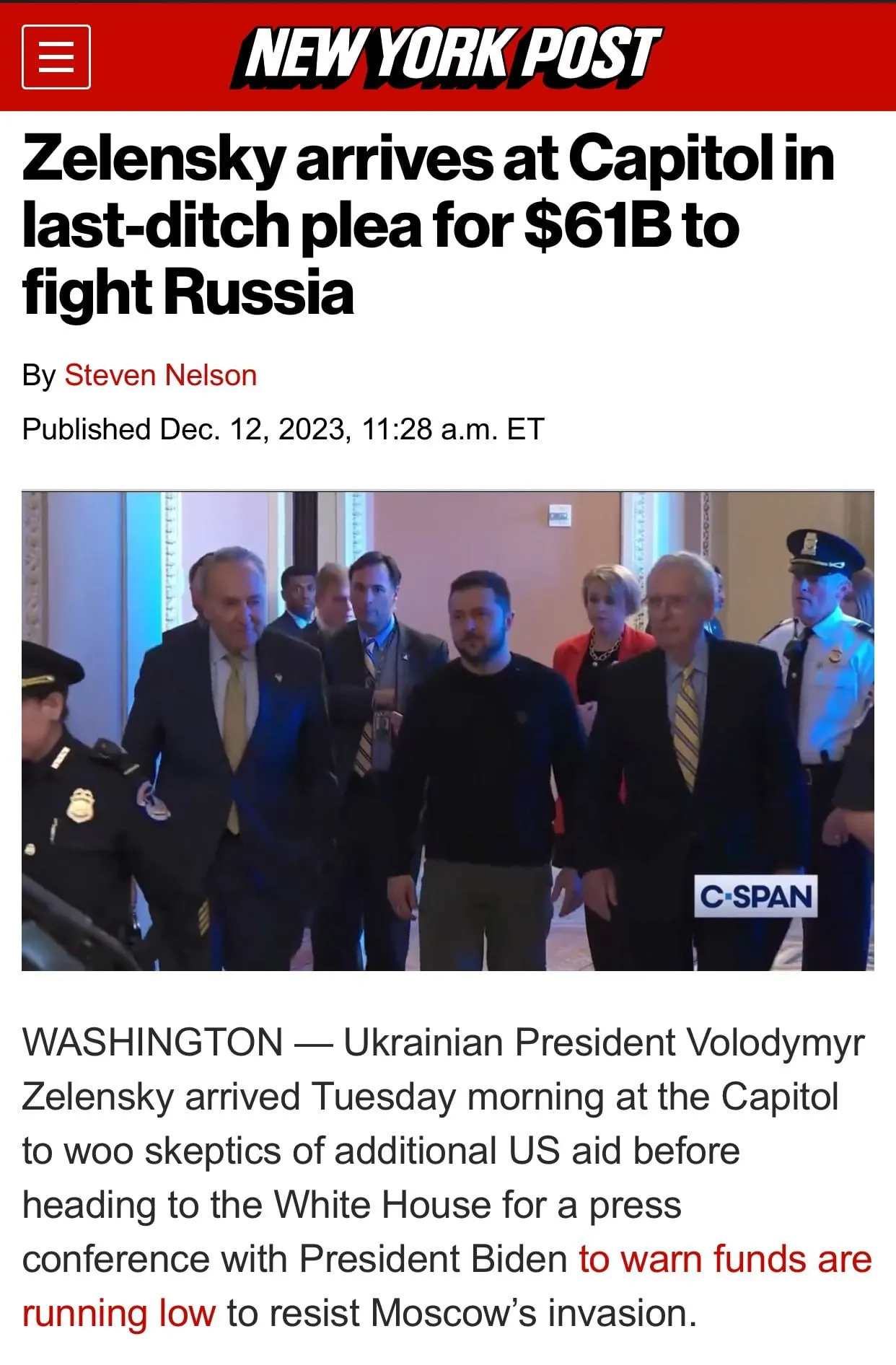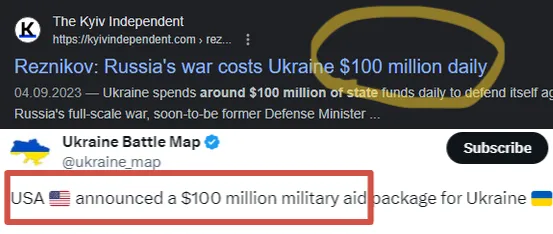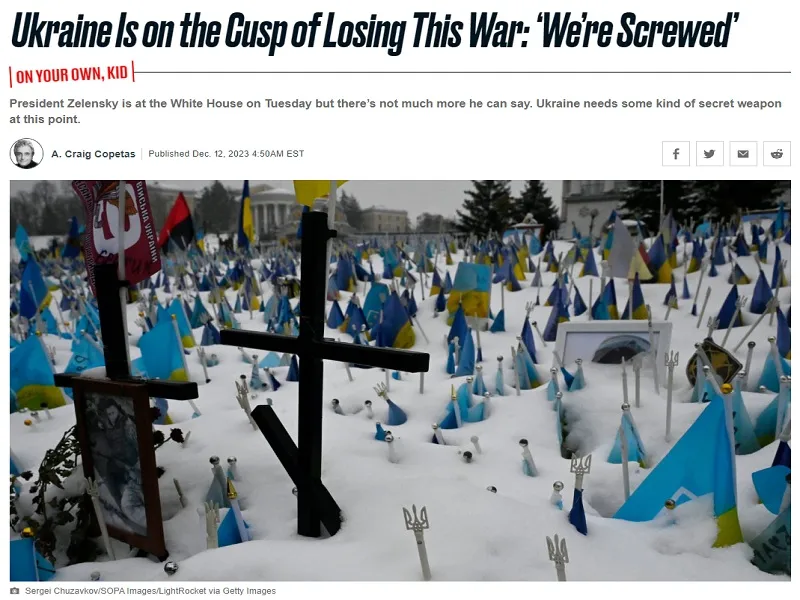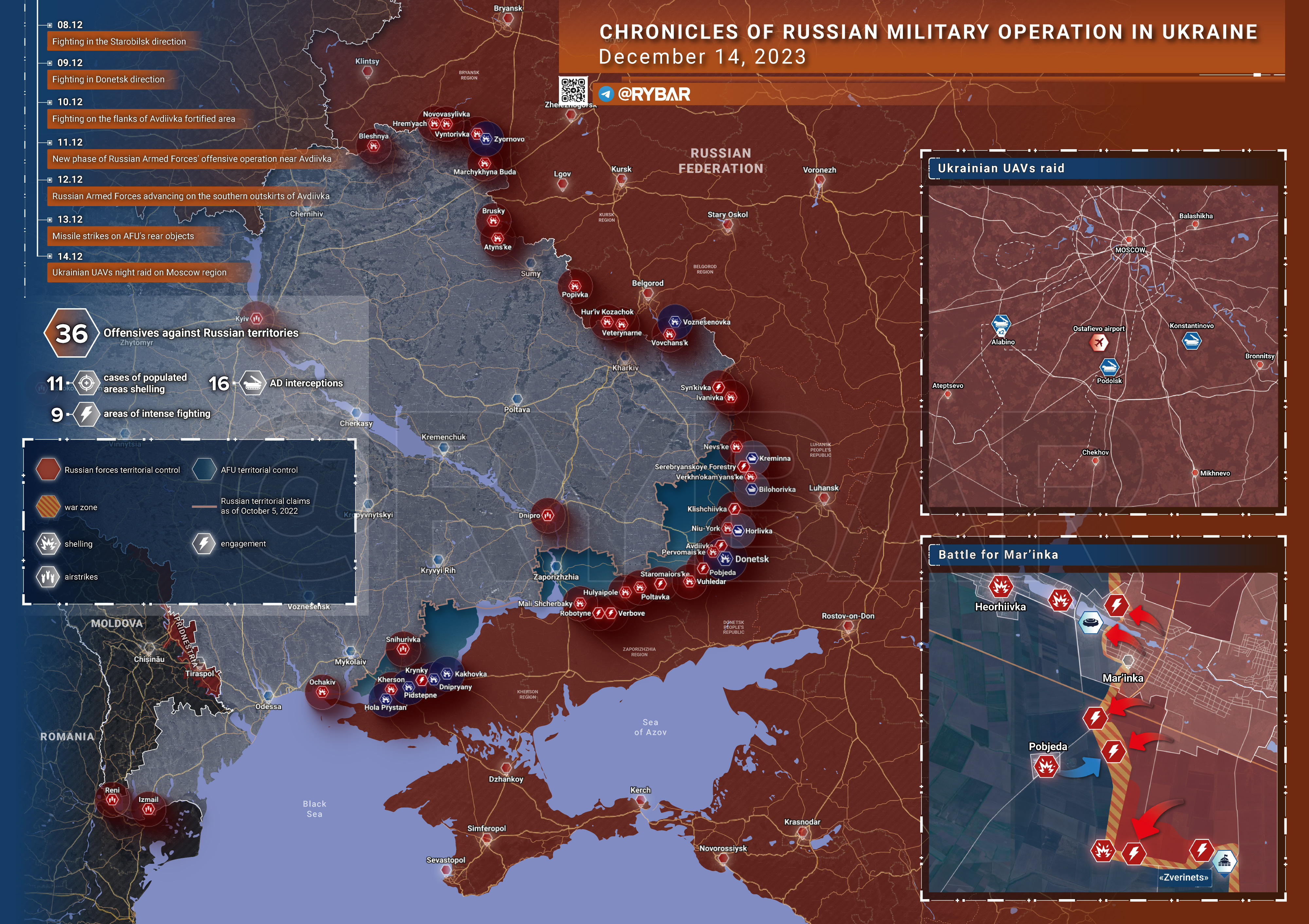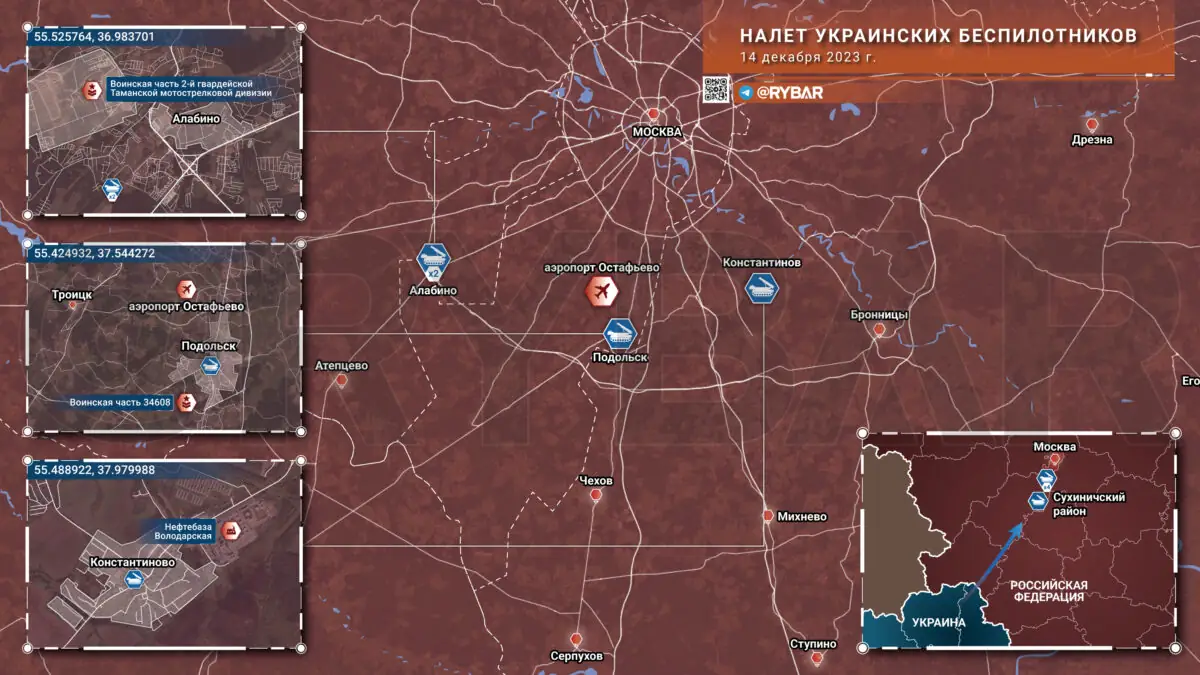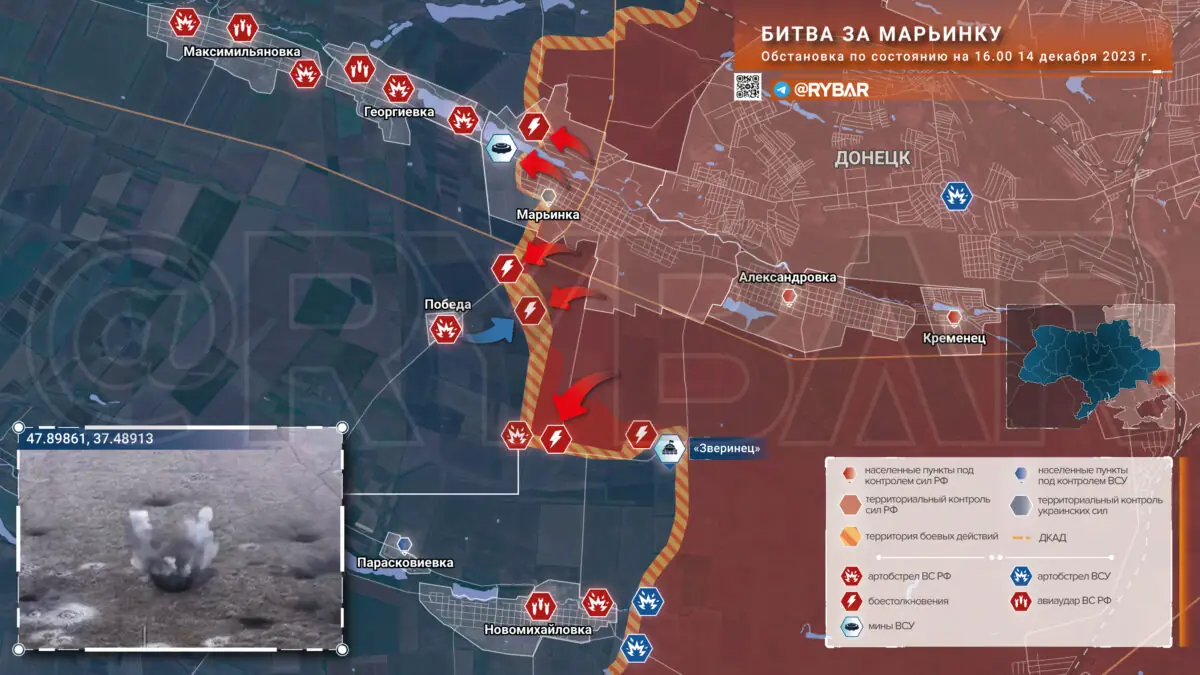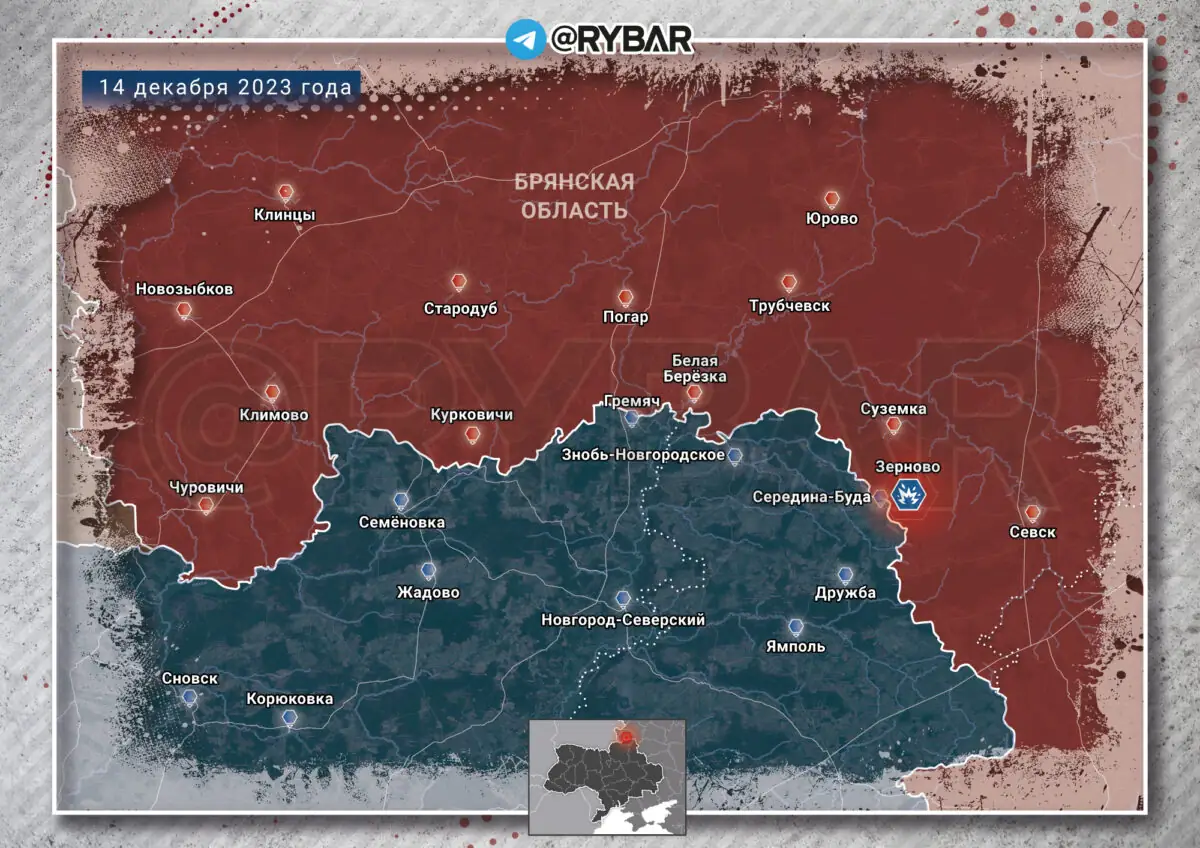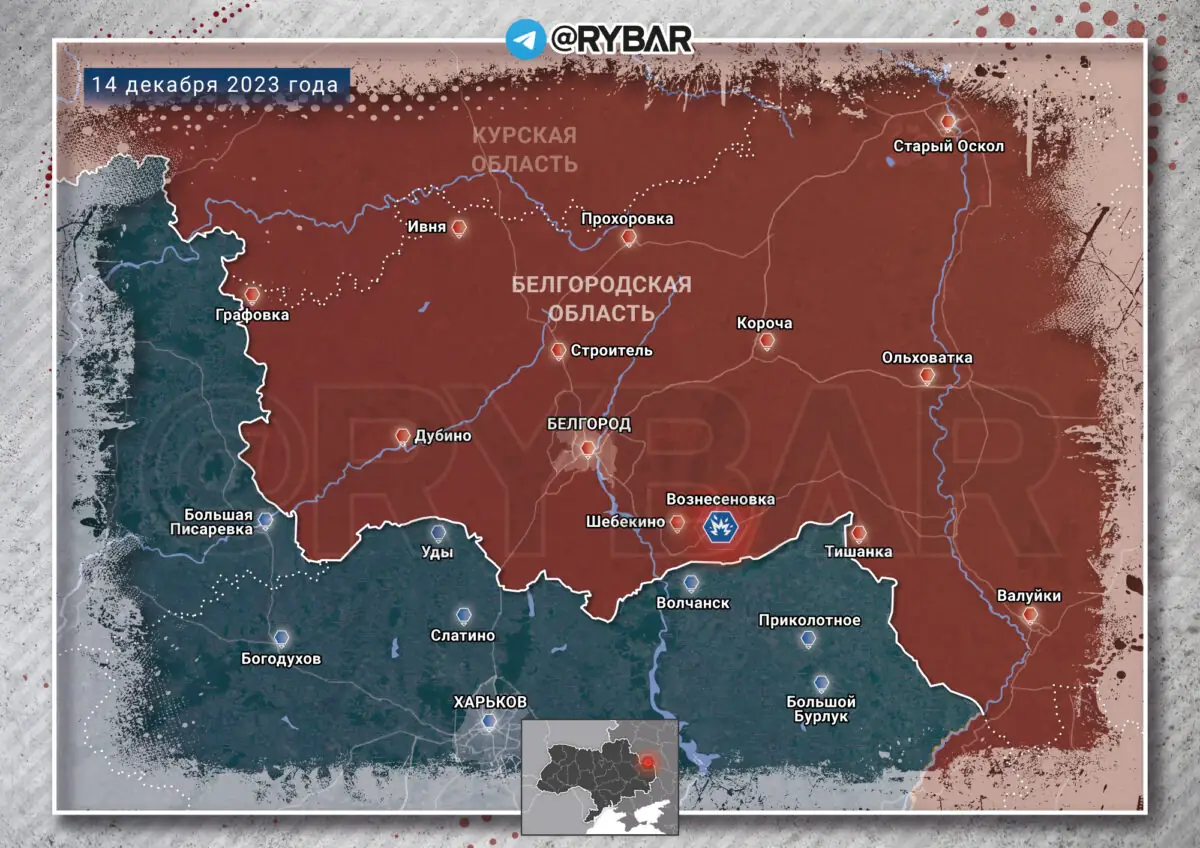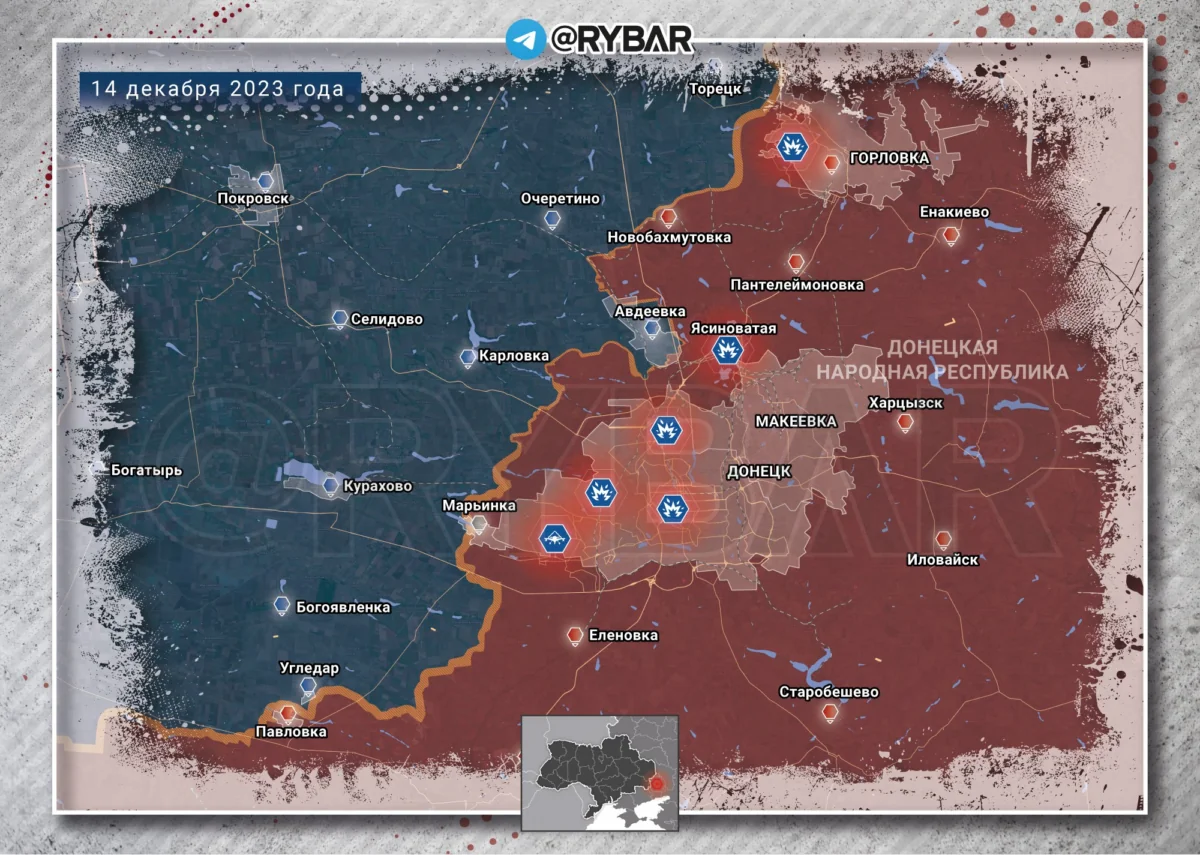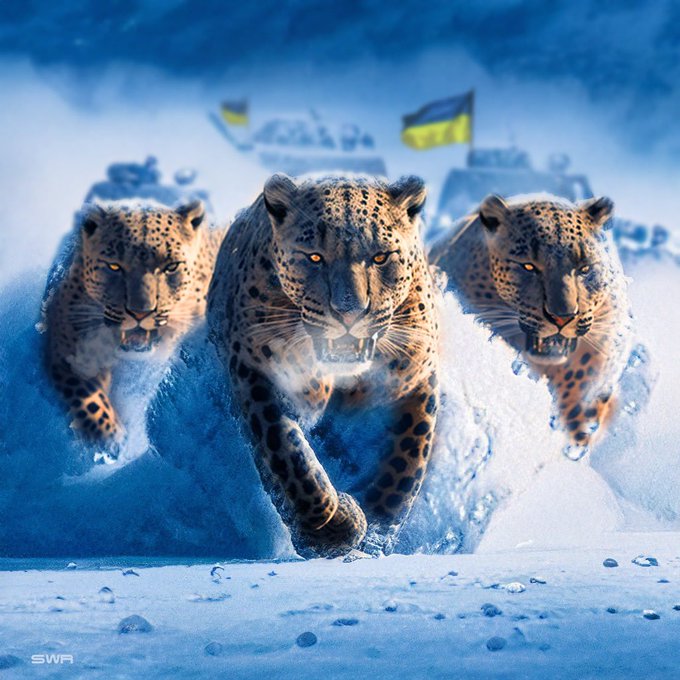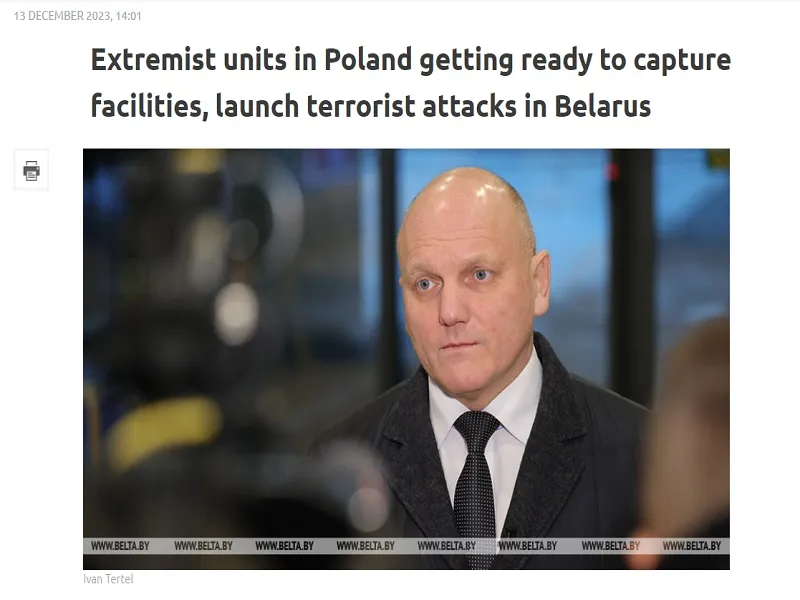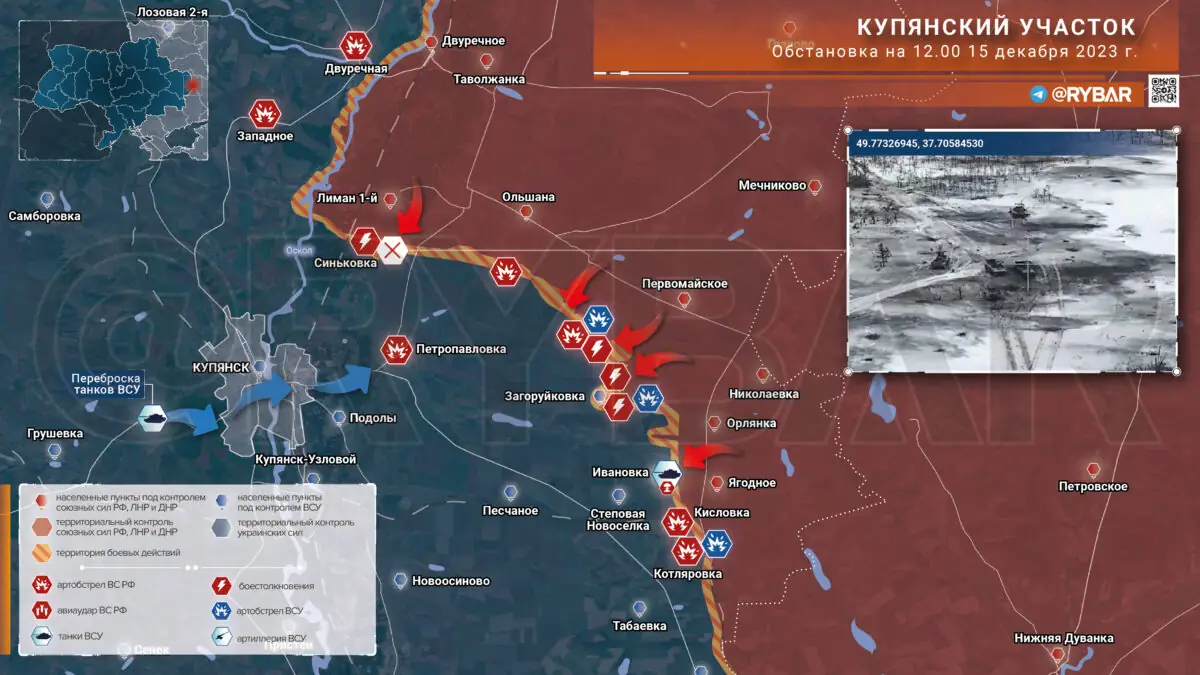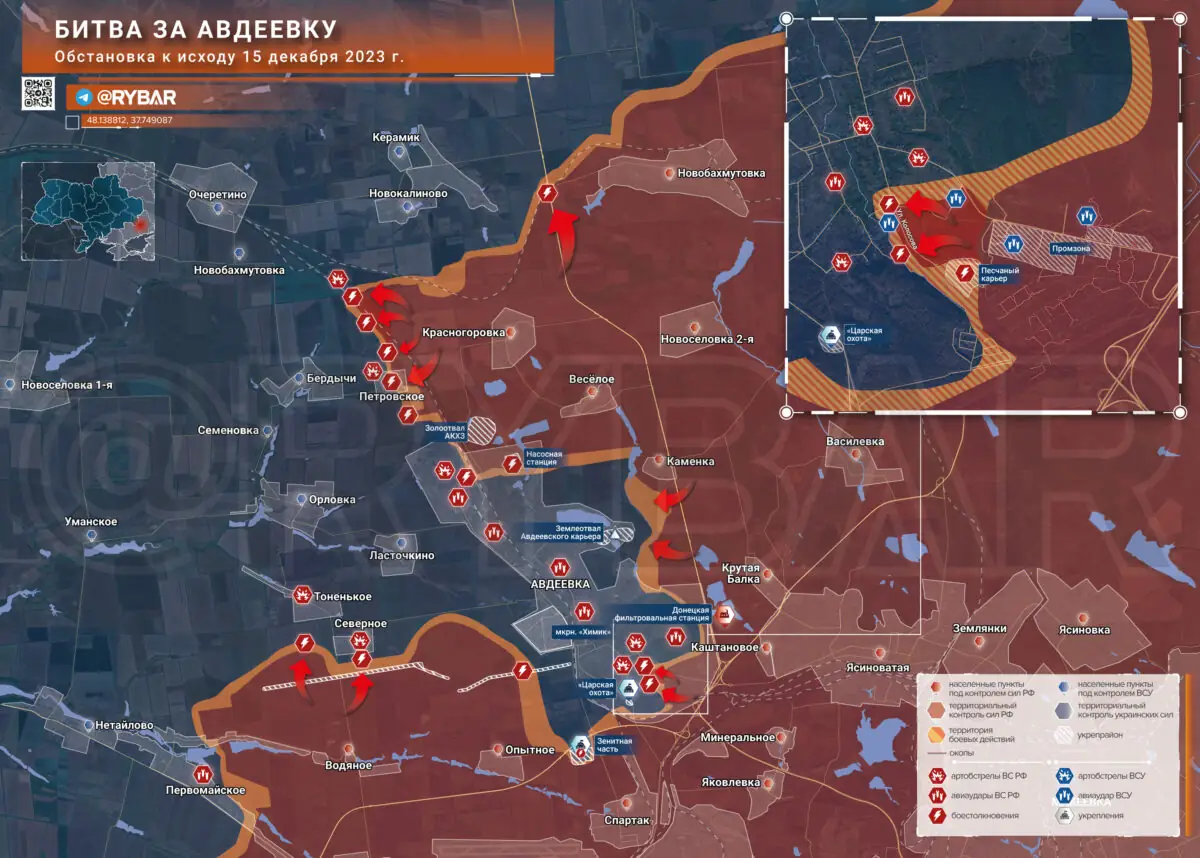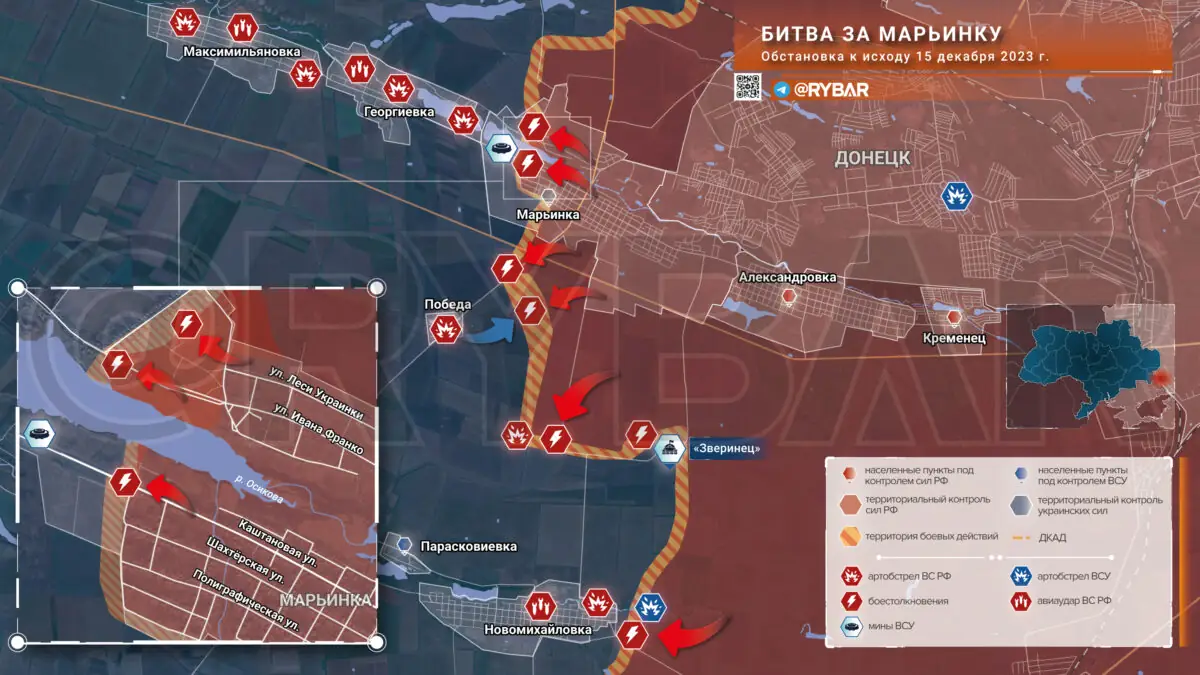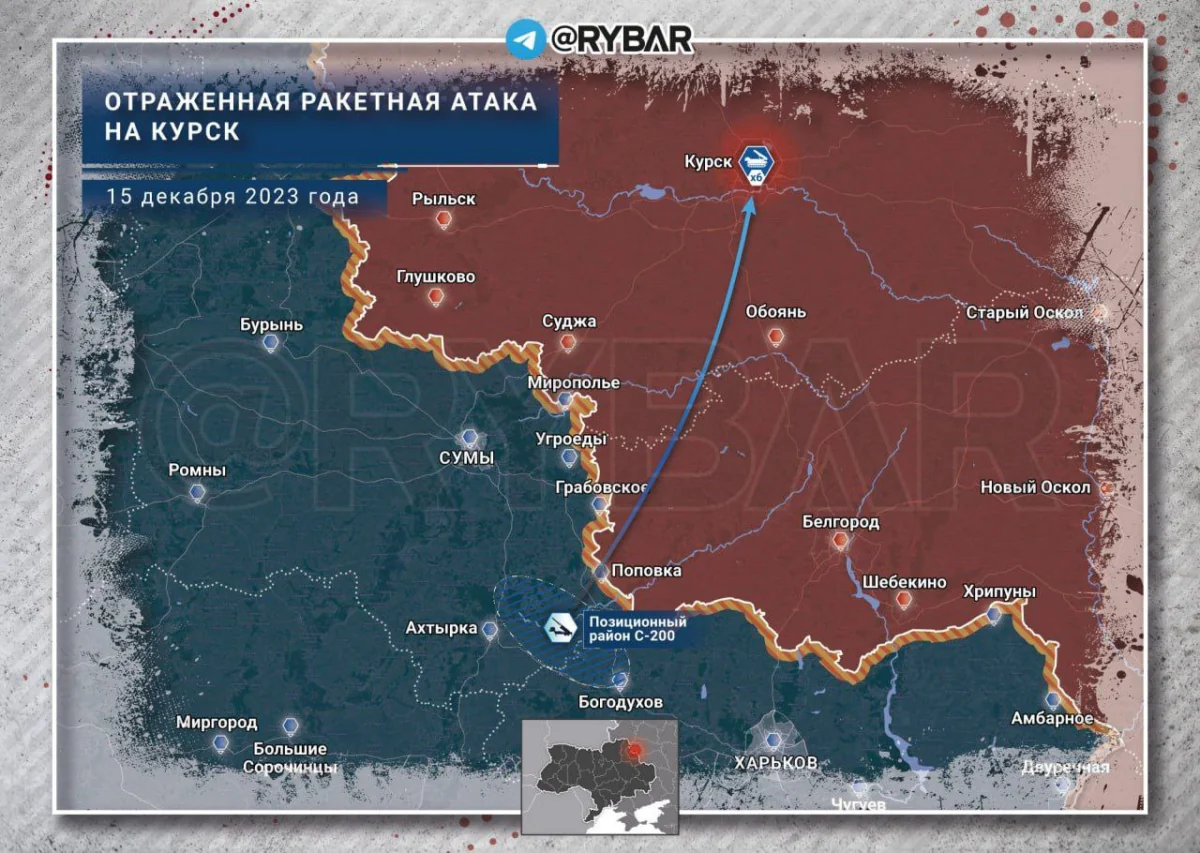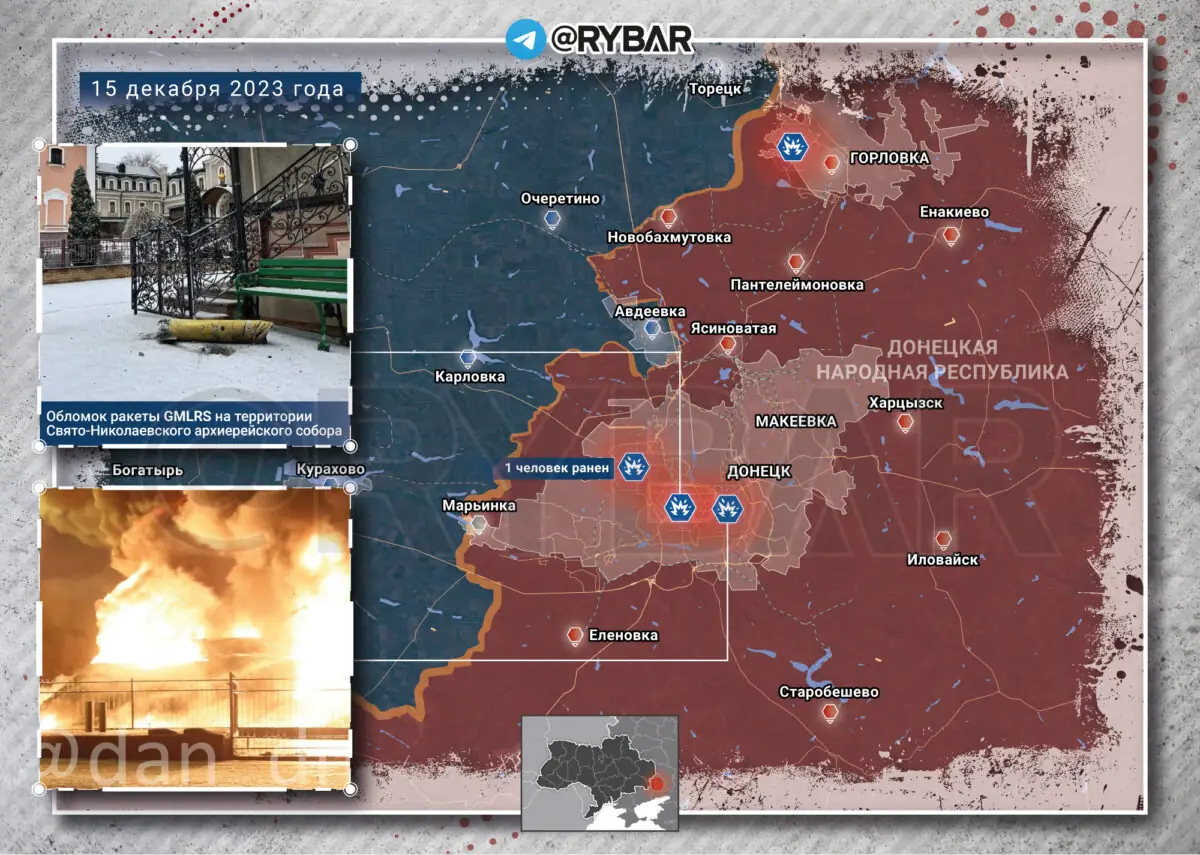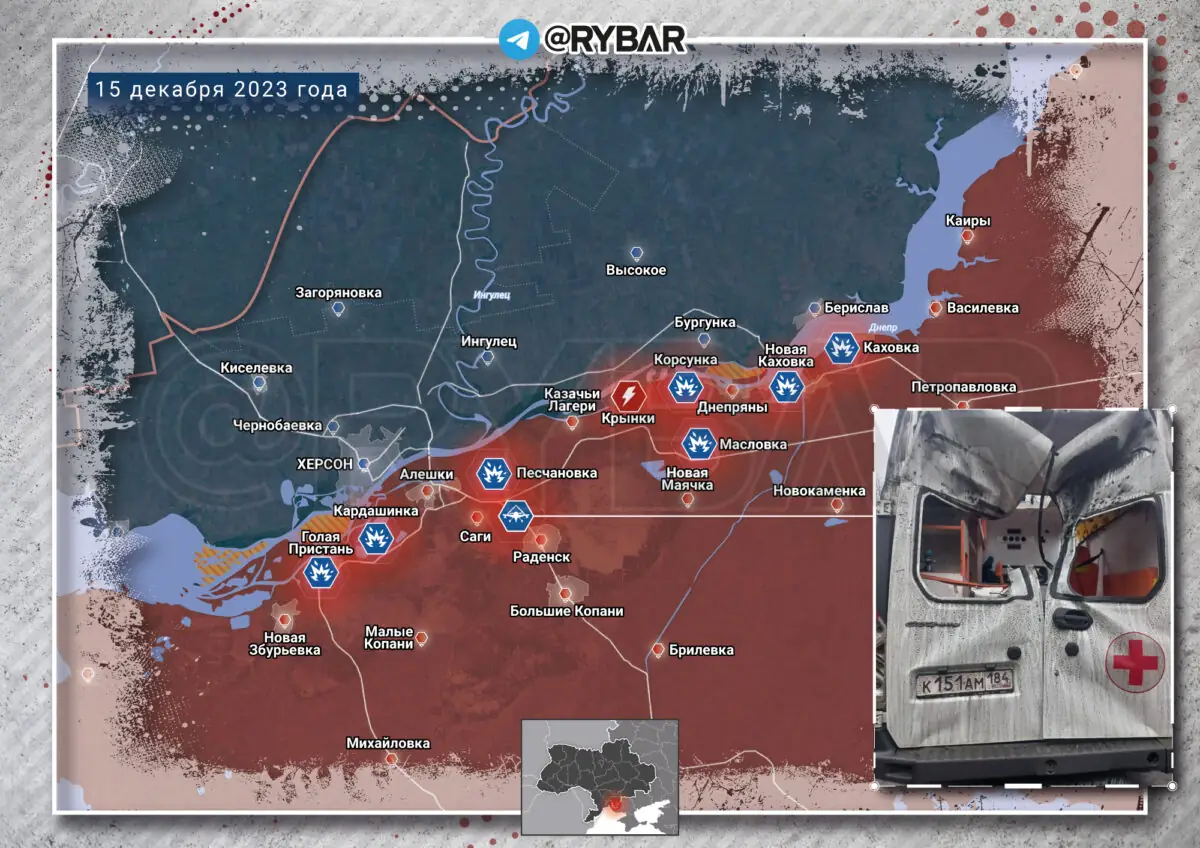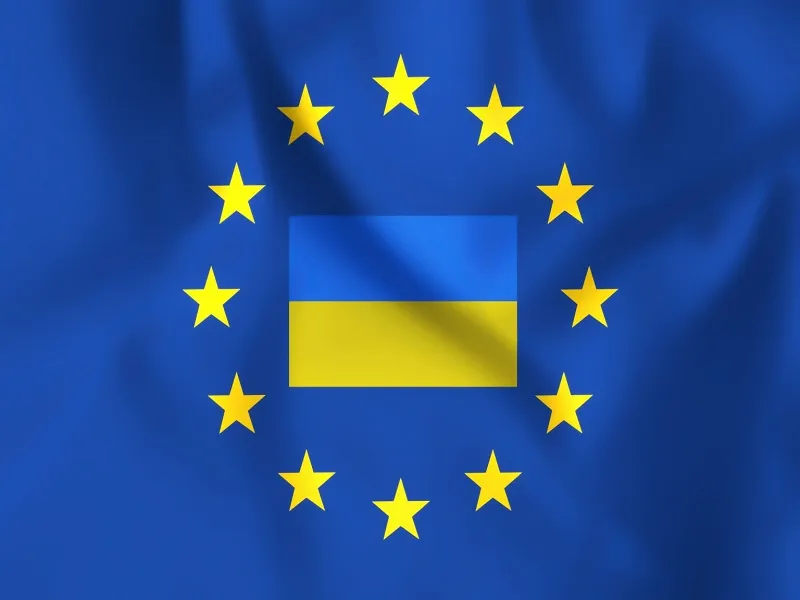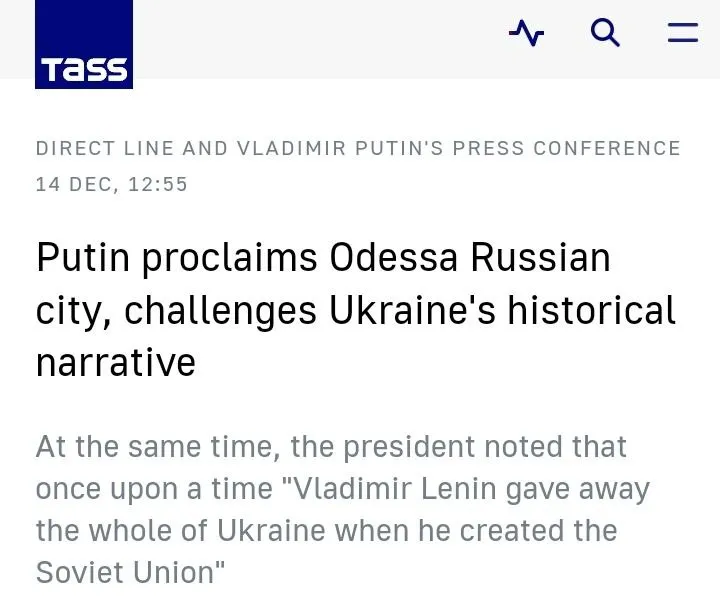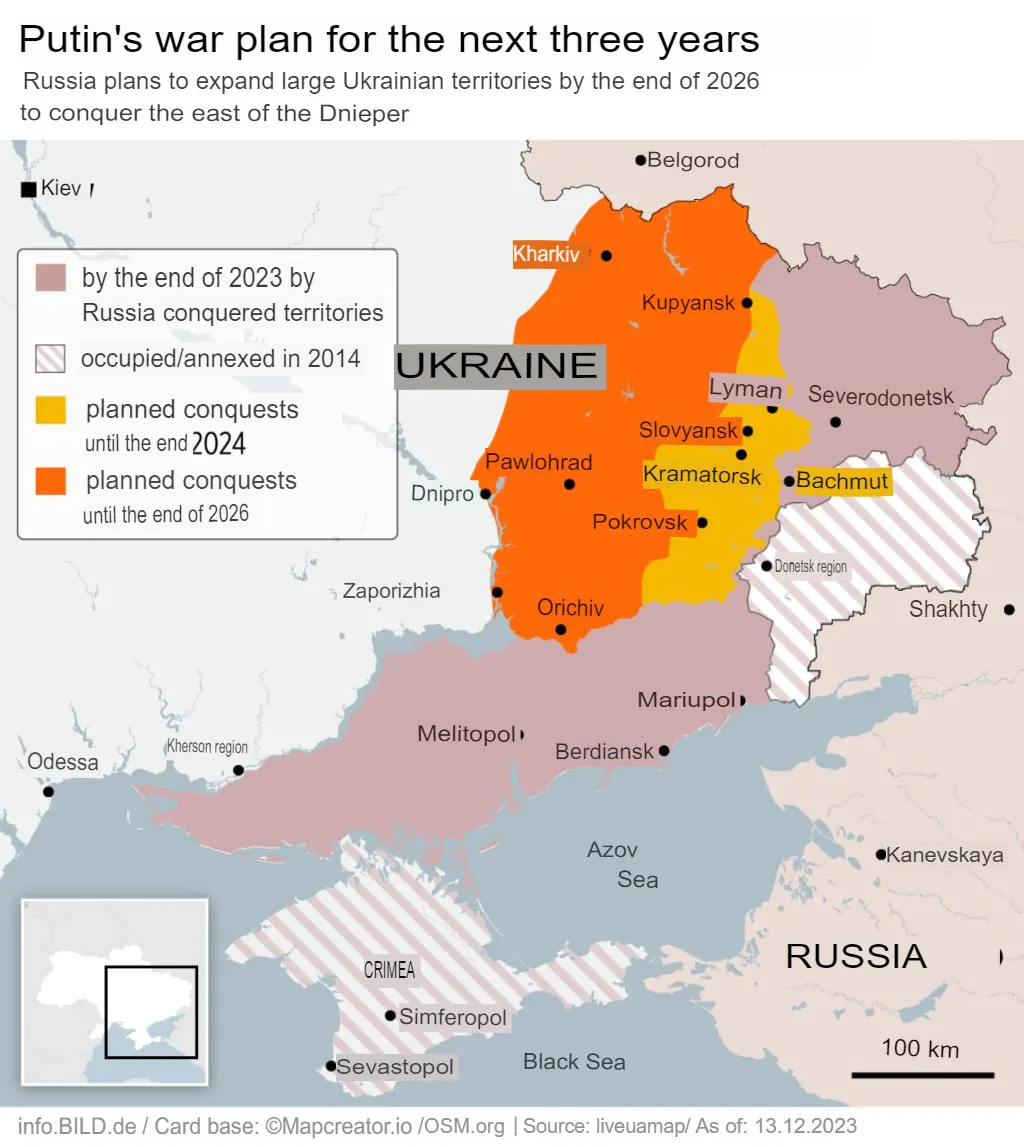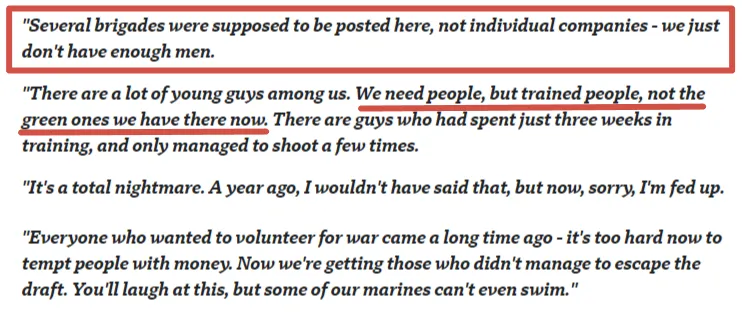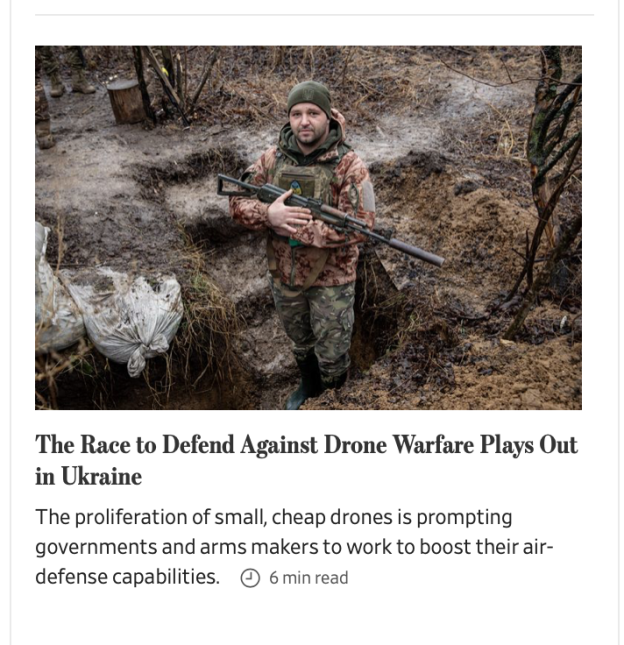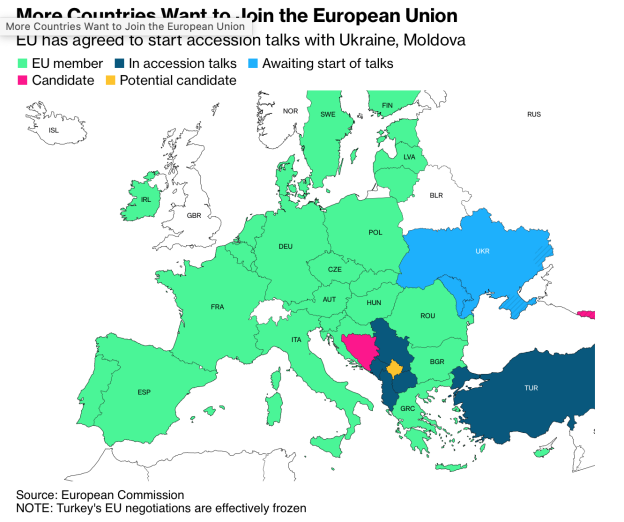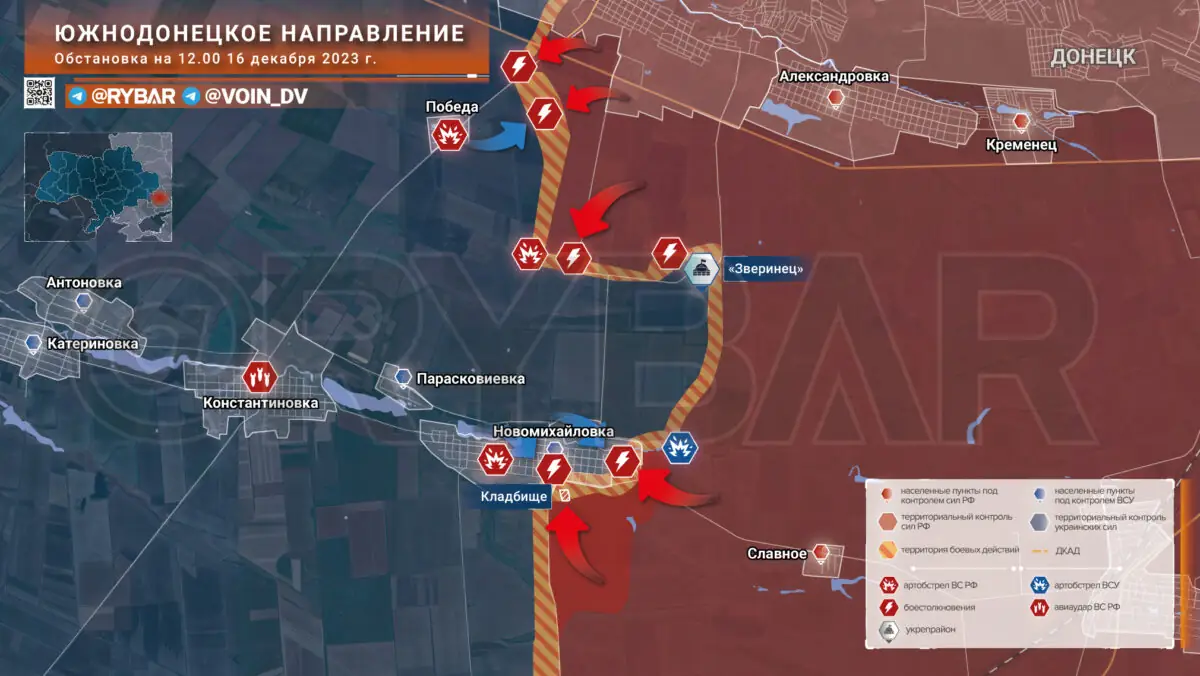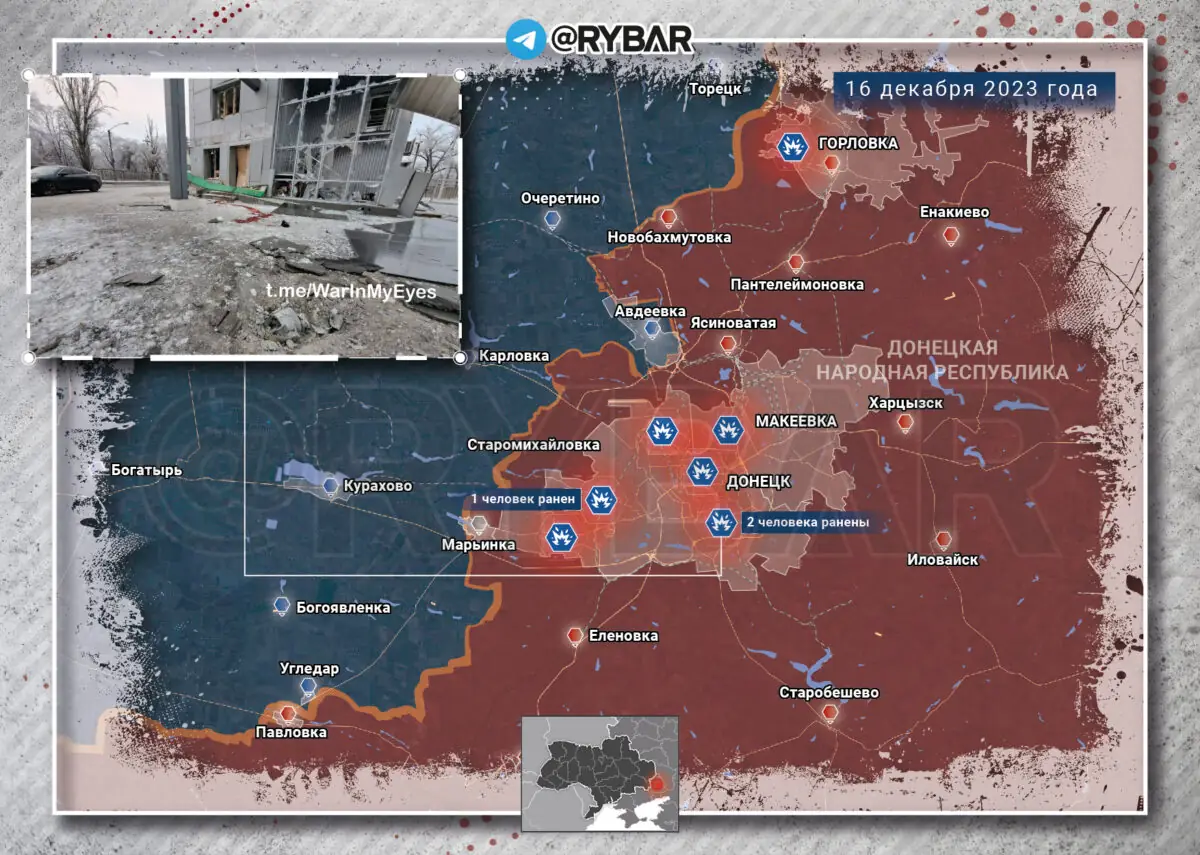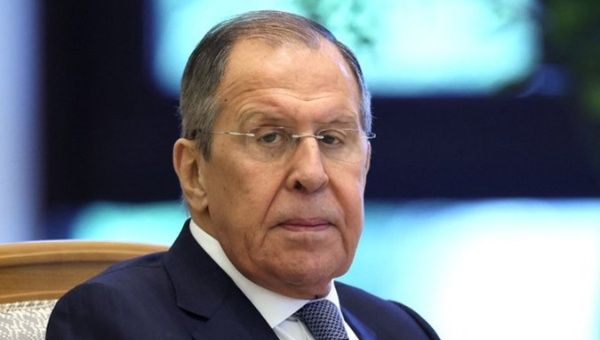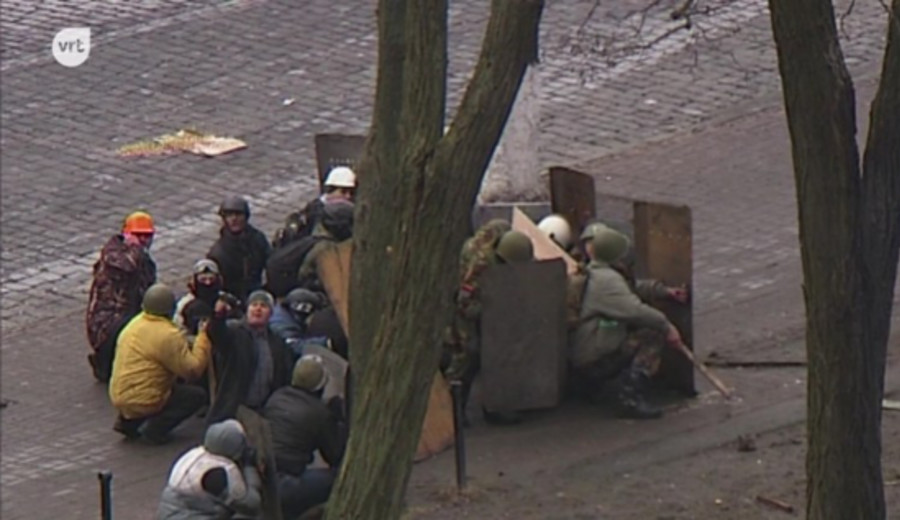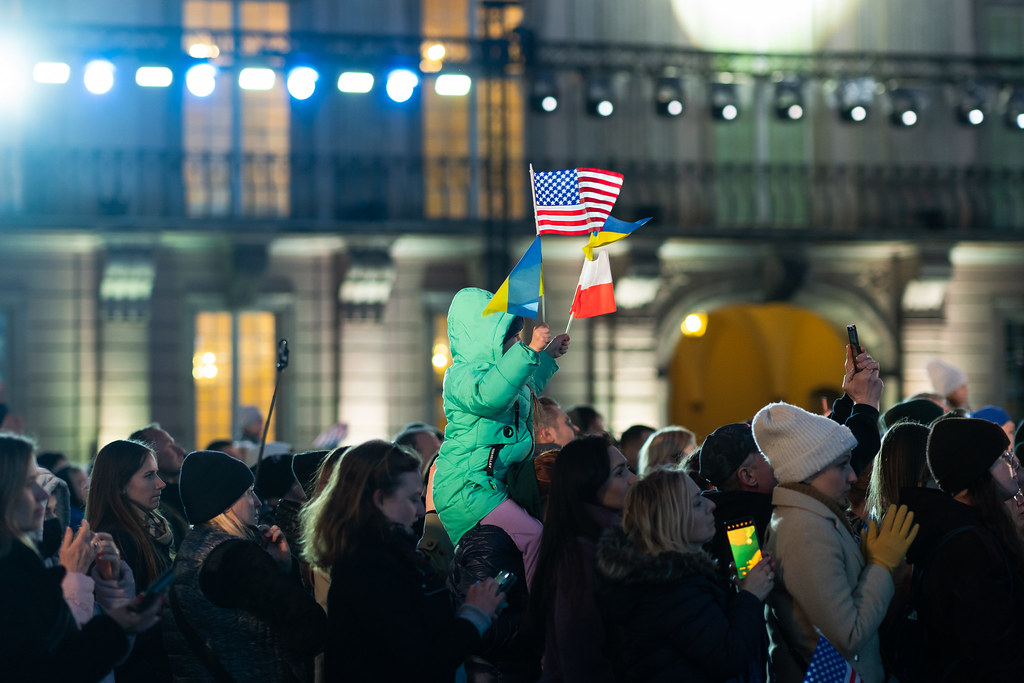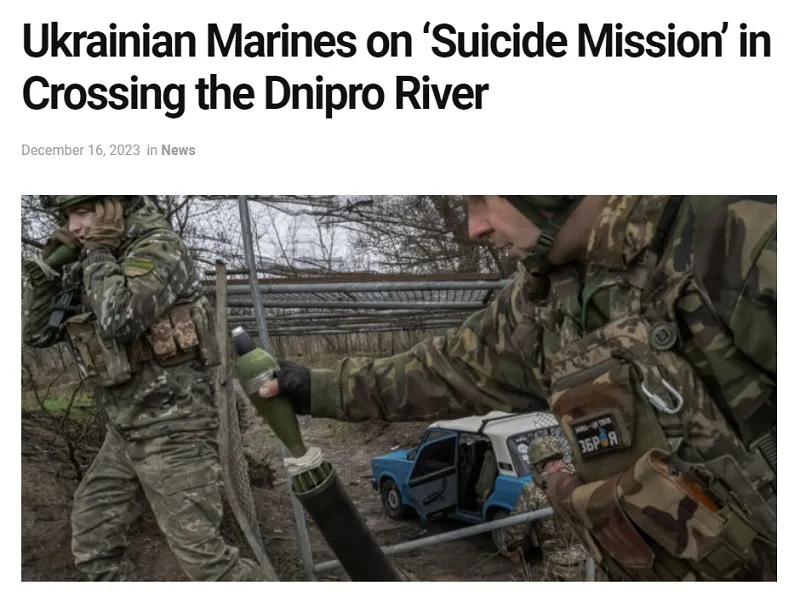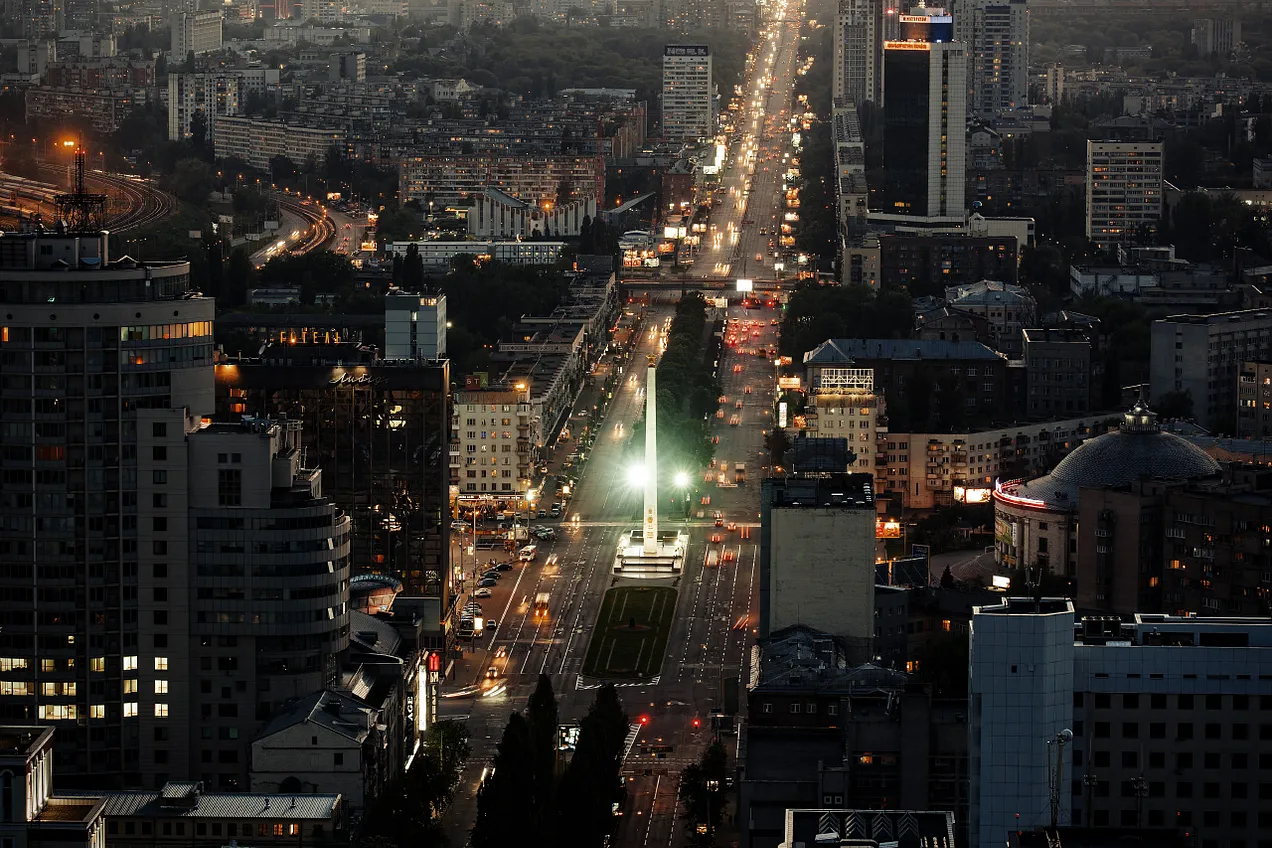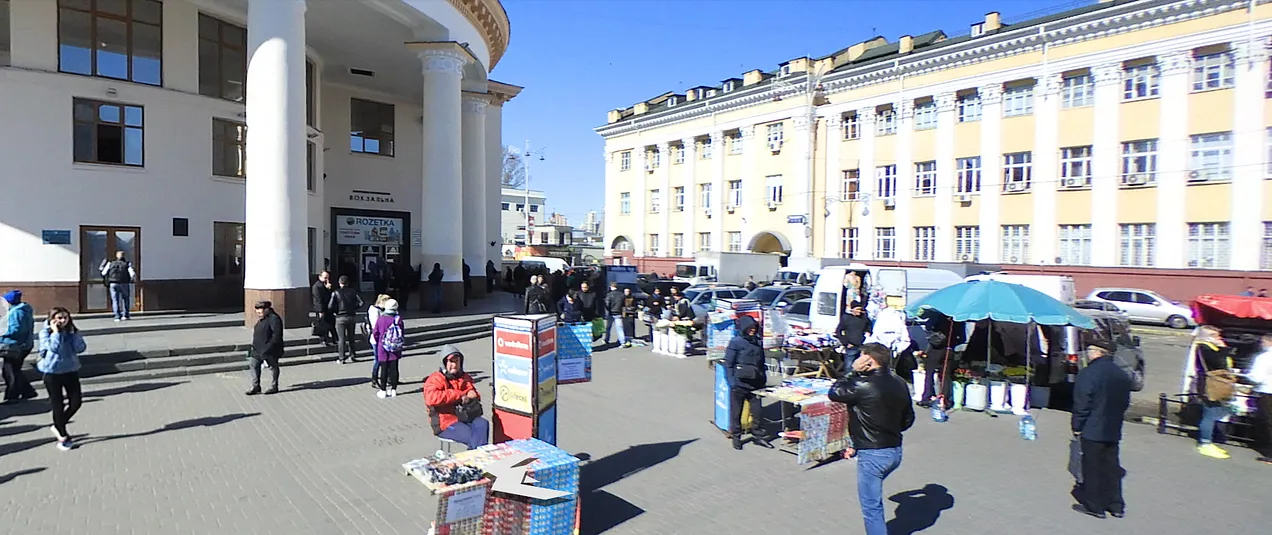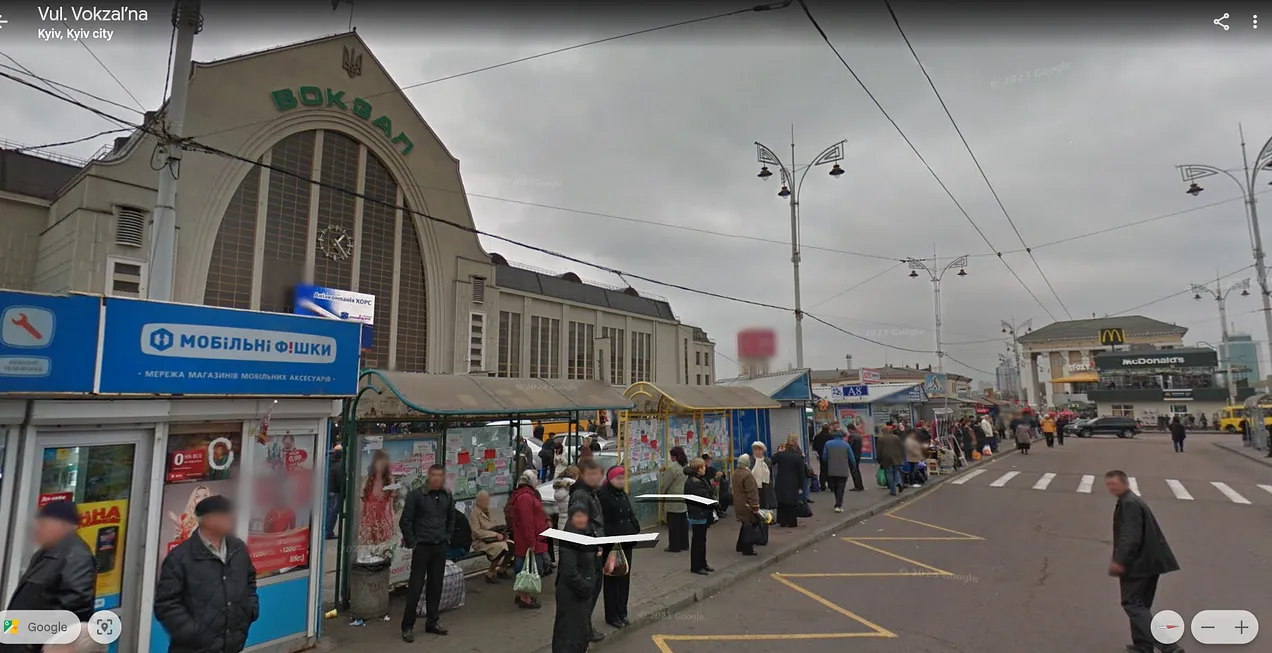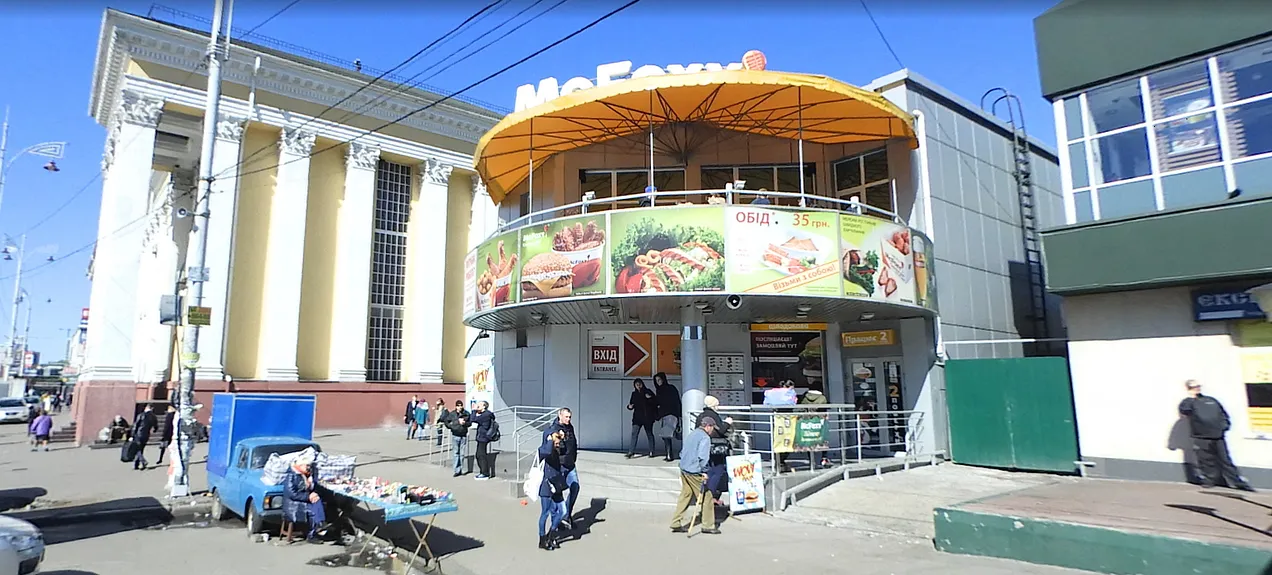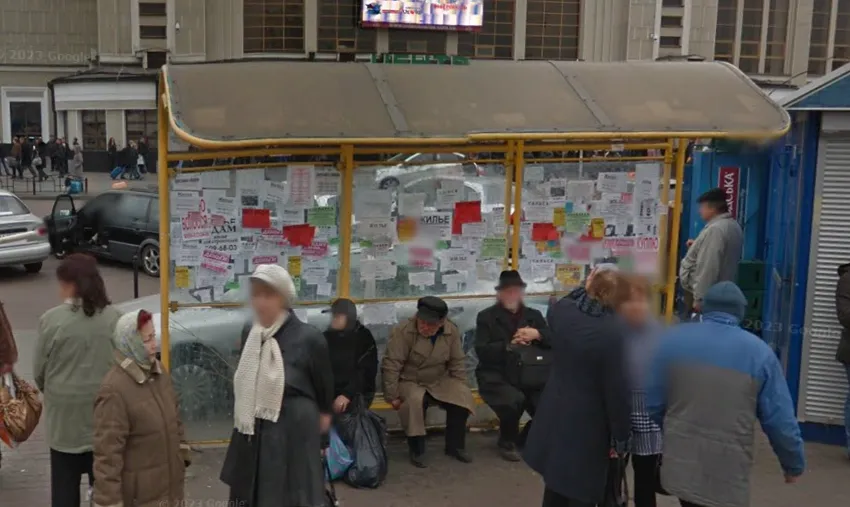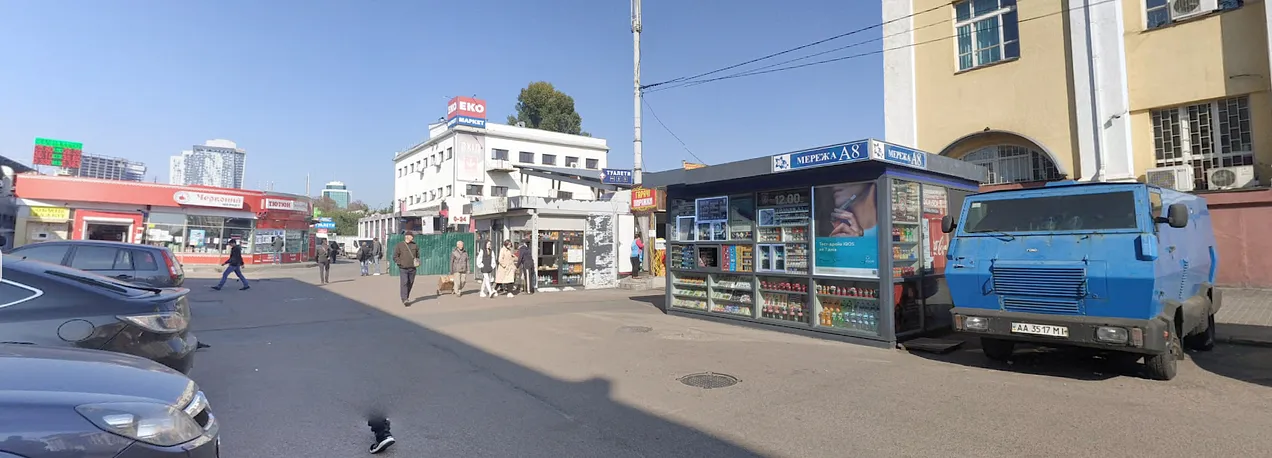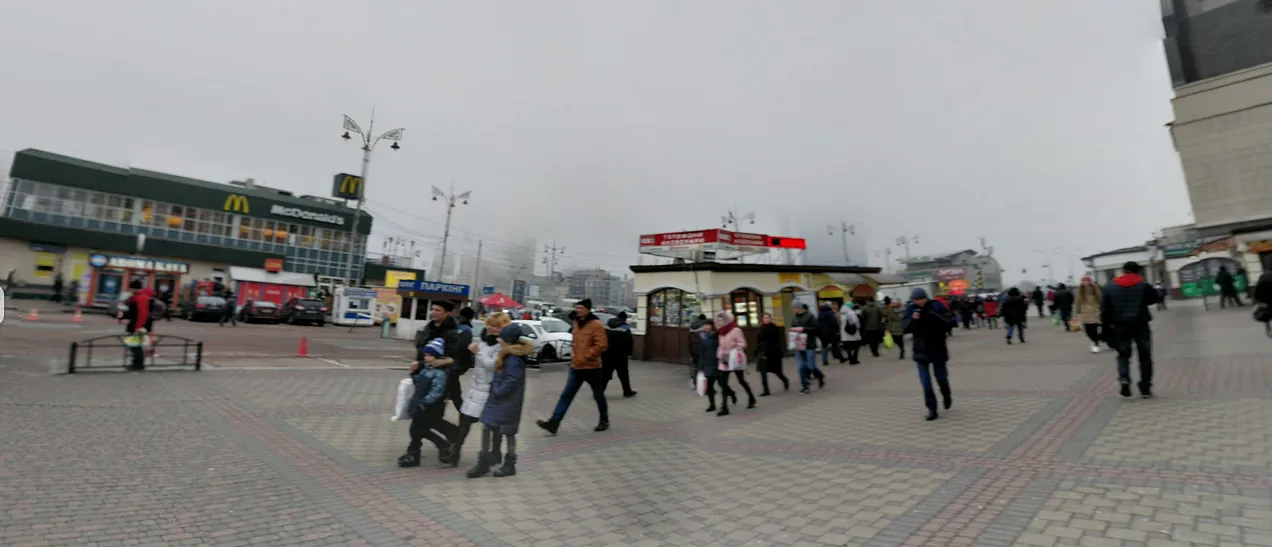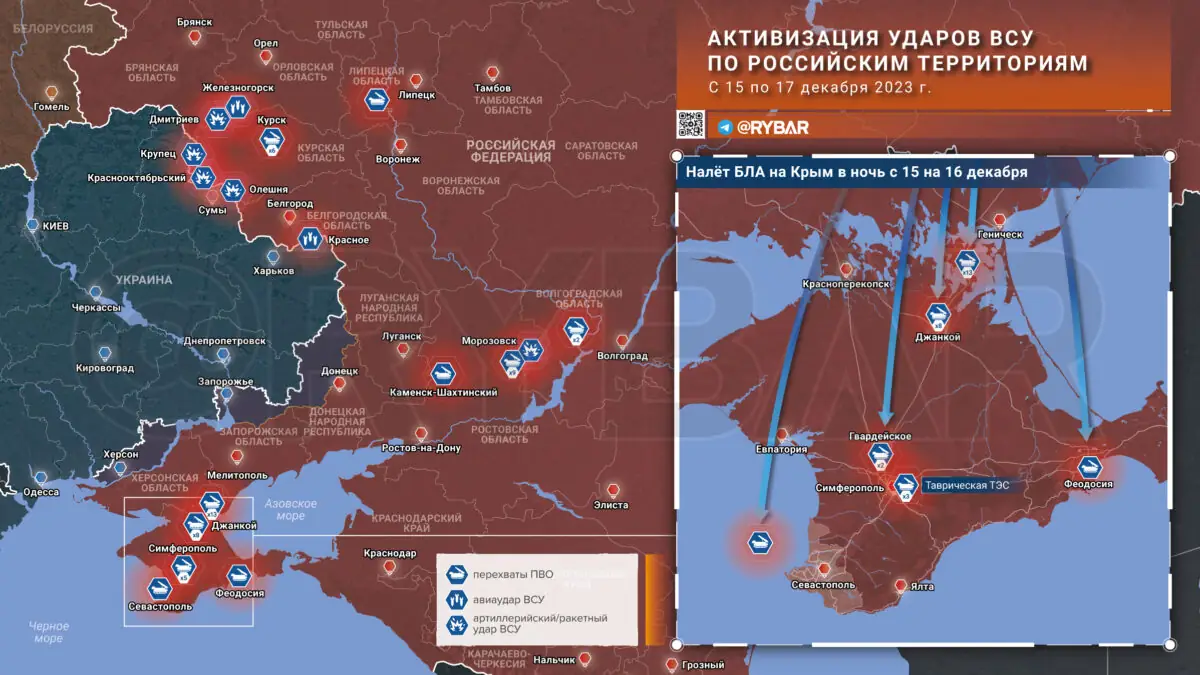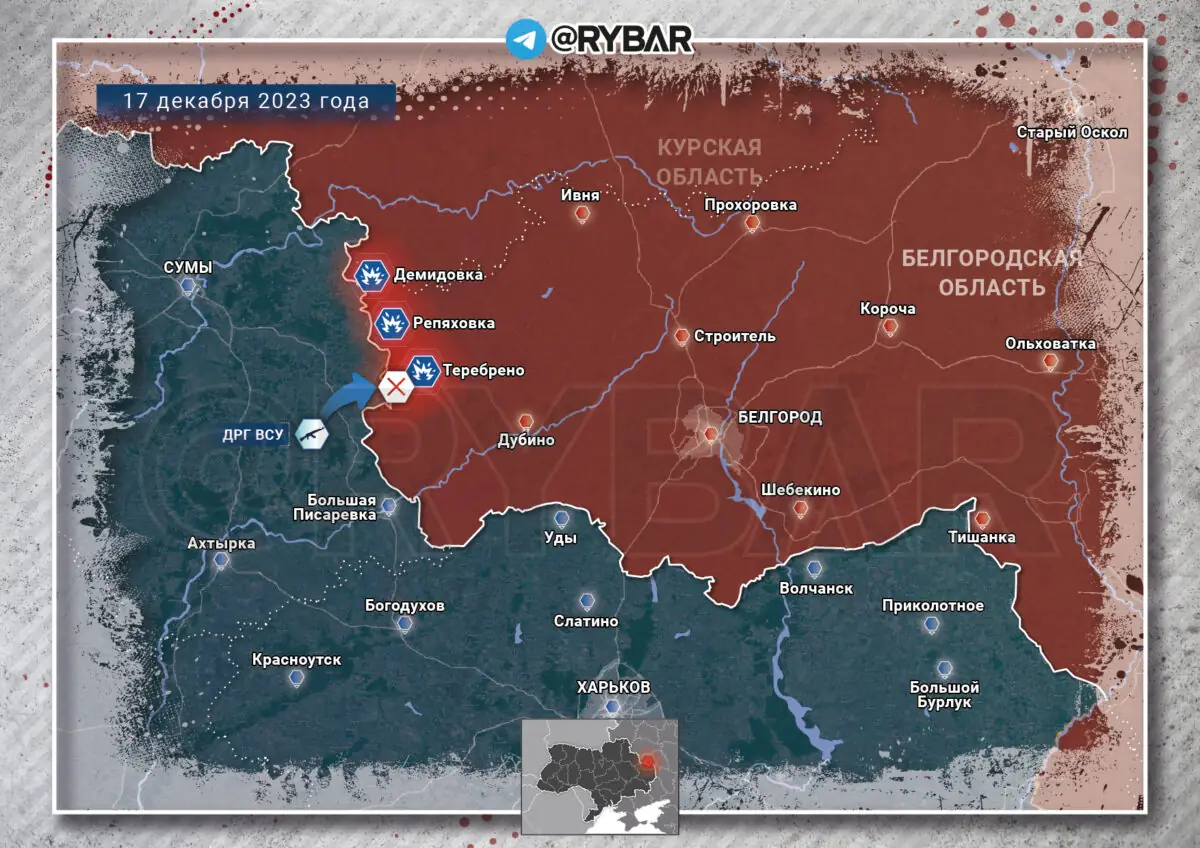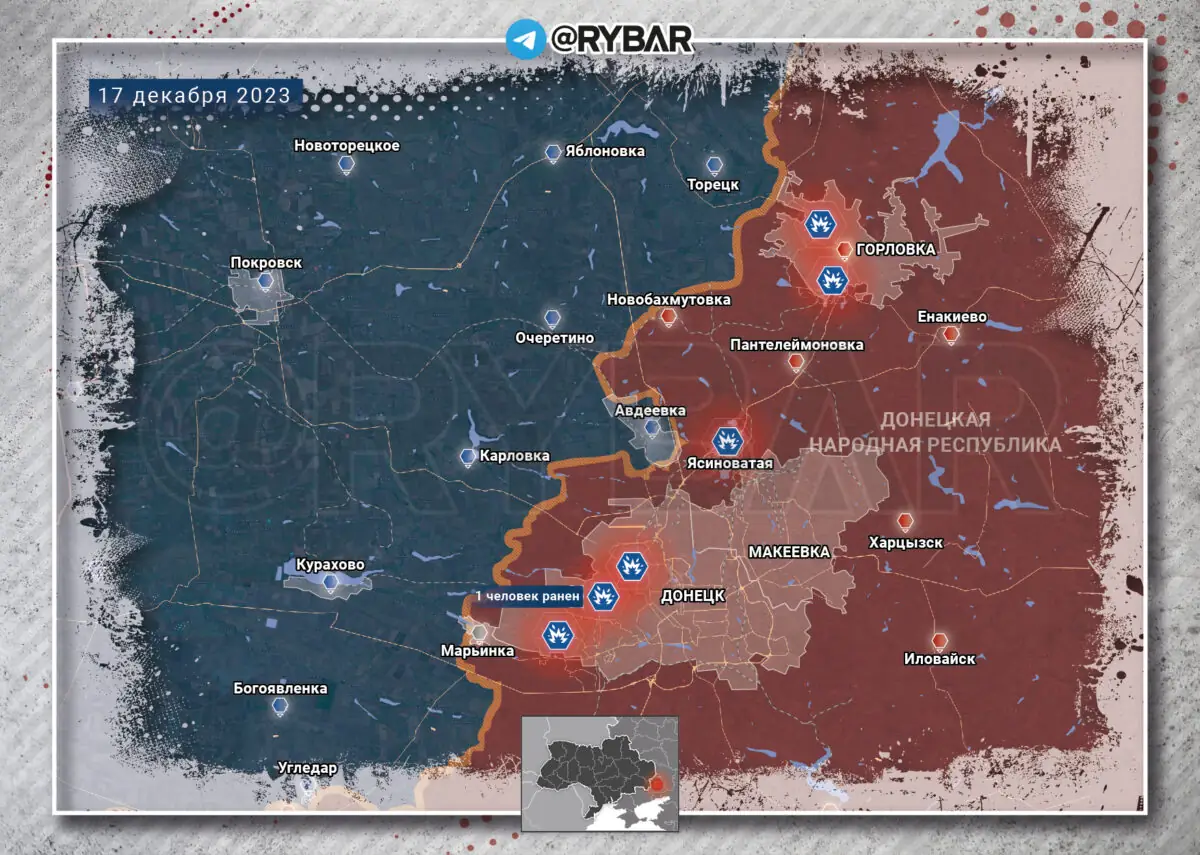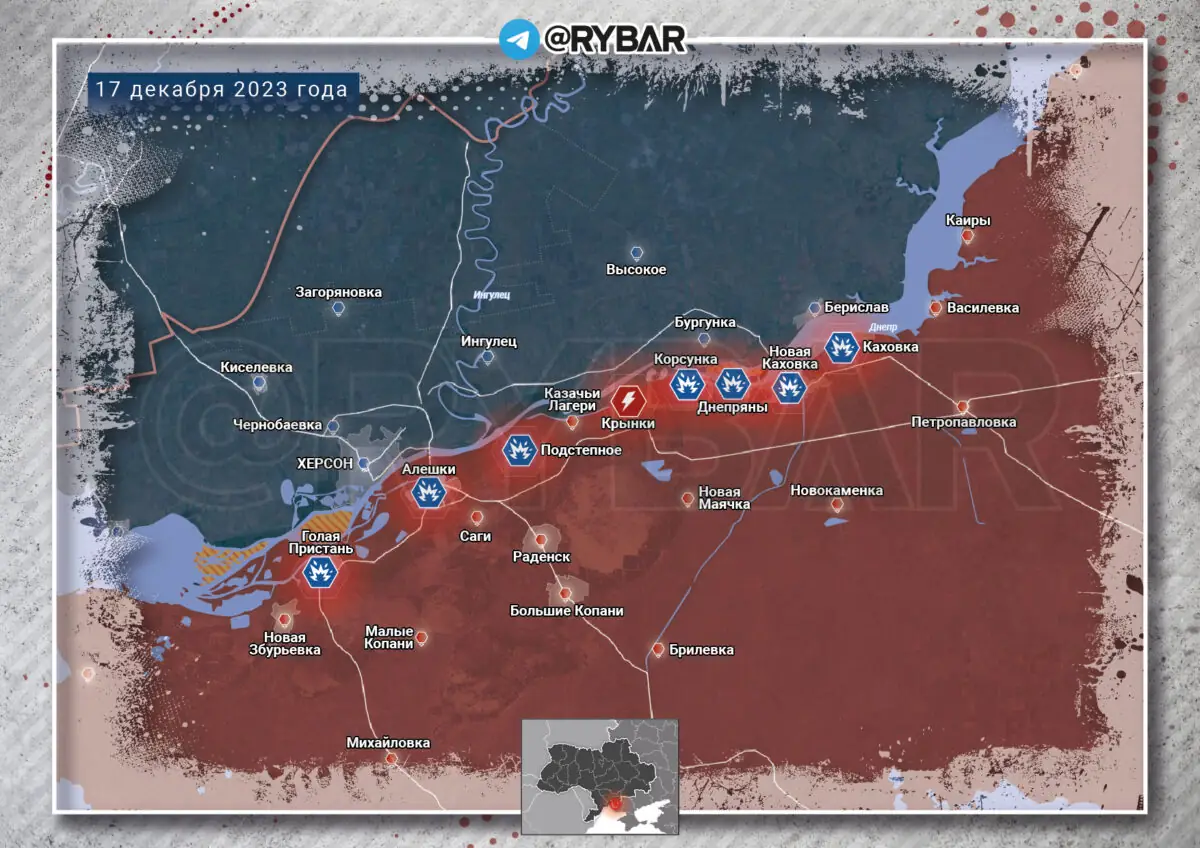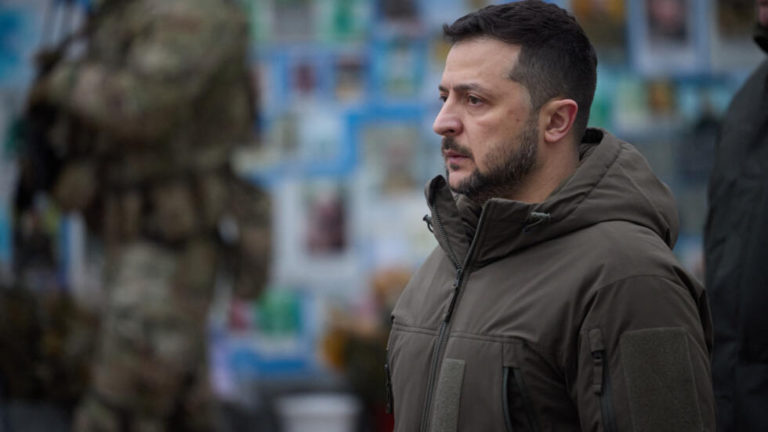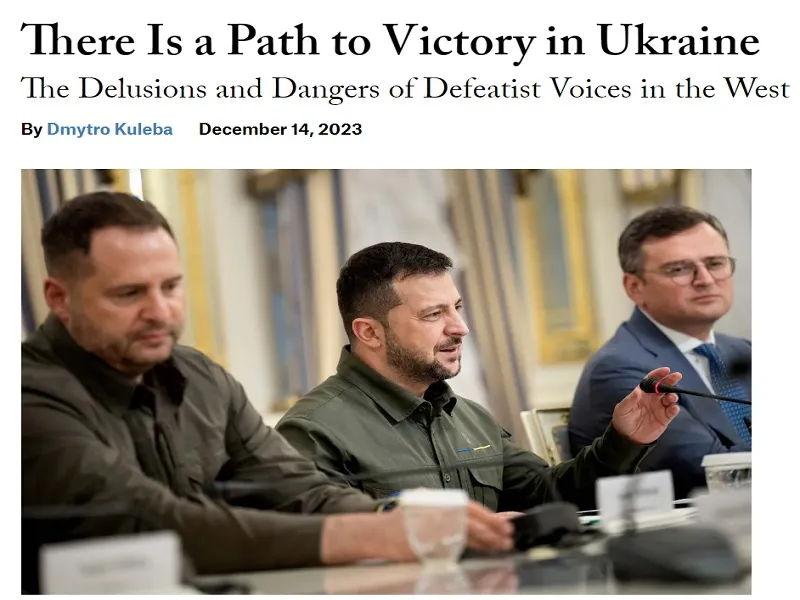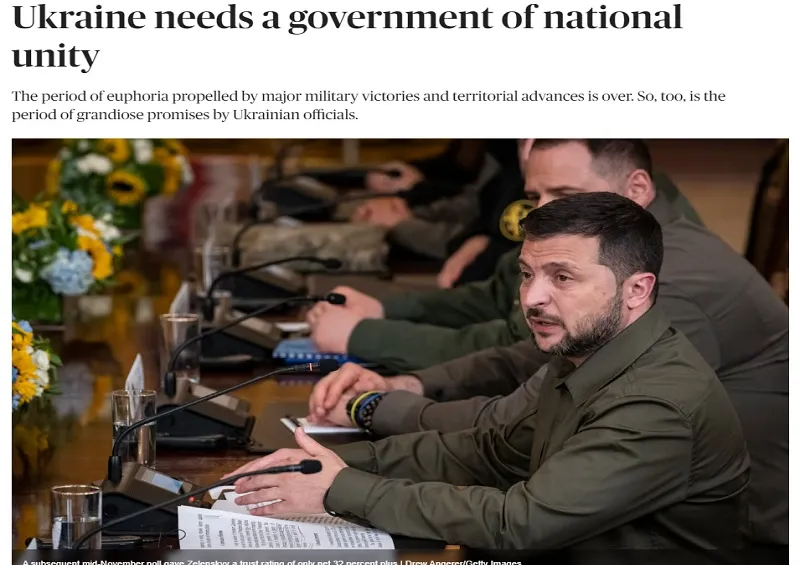POSTED BY @NSANZO ⋅ 12/11/2023

With much less noise than Ukraine and its allies used to announce the counteroffensive that was to change the course of the war, President Volodymyr Zelensky has implicitly admitted his failure. Politically, kyiv's partners sought a breakup of the front fast and deep enough to force Russia to negotiate on Ukraine's terms, that is, well beyond its red lines. To do this, Ukraine required the improbable victory of its troops in an offensive that, to be successful, required air superiority that it always knew it would lack. Deep down, contradicting the rhetoric of victory, kyiv always knew that the 2023 offensive would not achieve its maximalist goal of expelling Russia from the entire south. Otherwise, there would not have been the insistence on the need to obtain F-16s, which due to the length of the training process it was evident that they would never be available in 2023. Even so, the discourse remained and now it is necessary to justify the change in the narrative and in the situation.
In the last few hours, numerous images of Russian drones attacking the Ukrainian trenches have been published online, more extensive and connected fortifications than on previous occasions. On the ground - specifically in the Lugansk front sector - the press has also been able to verify that Ukrainian troops have begun to follow the order given by President Zelensky to entrench themselves and fortify positions. Zelensky's words announce a new defensive phase of the war, something that is also reflected on the other side of the front. In the last few hours, images of the Russian trenches have also been published, showing the novelty of protection against drone attacks. Both armies seem aware that a large part of the front is condemned to return to the trench warfare that Donbass has experienced for years, although with an intensity that far exceeds that of those years.
The meteorological difficulties implied by winter have already appeared on the Zaporozhye front. They thus join the obstacles that have made Ukraine achieve in six months what it hoped to achieve in 24 hours, capturing the town of Rabotino. The Russian defense has done the rest and has prevented kyiv's troops from using that small advance to break the front towards Melitopol. As a year ago, major battles in this sector are not expected to take place in the winter period, especially now that Ukraine and its partners seem to have already accepted the failure of their major ground operation. Although the situation is similar to that of a year ago, there are also important nuances. First of all, the trend has completely reversed, especially when it comes to initiative.
Throughout 2023, changes on the Donbass front have been few with the exception of the Soledar and Artyomovsk area, where Russia achieved its greatest success in offensive operations by capturing the two destroyed cities in January and May respectively. The contact line has not moved much in places such as, for example, the Kremennaya forests in the Luhansk region. However, it is there where a greater change can be observed with respect to twelve months ago, when Russian troops defended themselves to prevent the breakup of Kharkiv from continuing with the Ukrainian irruption in the north of Lugansk, which put all the territory gained at risk. in the RPL since February 24. Russian troops held the front, where it is now Ukraine that hastily digs trenches in the Krasny Liman area, trying to protect that axis in which Seversk is also located. However, the stability and superiority of the defense against the attack seems, for the moment, the prevailing trend in this sector in which, even so, the situation of the Russian troops is noticeably stronger than a year ago.
The drop in the intensity of the battle on the Zaporozhye front and the relative calm that has occurred in recent weeks in the rear areas, where attempts by both sides to wear down the enemy's logistical capabilities have not yet really begun, have meant that The focus is now on the DPR. It is this sector of the front, especially the surroundings of Donetsk, that Oleksandr Syrskiy, commander of the Ukrainian Ground Forces, was referring to yesterday, stating that the situation was difficult for his troops. The officer added few details, although he admitted two important facts: Russian troops are advancing along the entire eastern front (Donbass) and Ukraine is making “difficult decisions to stabilize the front and avoid soldier deaths.”
Contradicting the Ukrainian discourse, which states that Russia will not be able to capture Avdeevka - thus repeating the same script as a year ago in Artyomovsk - the Russian troops are advancing slowly trying to besiege the town north of Donetsk and are approaching the factory. coke, key place in the city. However, it is in Marinka where Russian troops aim to achieve success in the coming hours. Completely destroyed and uninhabited, this suburb of Donetsk has been on the front line for almost a decade. For more than a year, Russian troops have been putting pressure on Ukrainian troops there, although progress here has been even slower than in Artyomovsk. Like Avdeevka, Marinka was one of the most fortified areas of the front as it was a key location for kyiv in its attacks against Donetsk. Last week, Russia noted progress in the urban battle and images of the Victory Flag were published over the local council building. Yesterday, images of a Russian flag waving in a place geolocated as the last point of the city were published. While waiting for the confirmation and consolidation of these small advances - the part of Marinka that Ukraine was clinging to was already extremely limited - it is likely that this is where those “difficult decisions” to which Syrskiy referred will take place. .
Despite the words of the commander of the Ukrainian Ground Forces, significant advances are taking place only in the Donetsk area and slightly in Artyomovsk, where Russia is recovering the ground lost last summer. There is, for the moment, no large-scale or even regional-scale Russian offensive in Donbass, but rather pressure movements to move Ukrainian soldiers away from the city of Donetsk and continue putting pressure on the fortified Ukrainian front line.
The fear of Ukraine and its partners is not limited to the possibility that Russia will move Ukrainian troops away from Donetsk, thus preventing the constant use of artillery against the civilian population of the city, the possible encirclement of Avdeevka or the chances that the situation becomes complicated around Ugledar. To explain the situation, think-tanks such as the Institute for the Study of War have appealed to barely convincing arguments that do not take into account the complexity of the situation. Its report yesterday stated that "Russian forces are likely to have engaged in offensive operations in multiple sectors of the front during the worst weather period of the autumn-winter season in an effort to seize and retain the initiative sooner." of the Russian presidential elections of March 2024.” Russia has been fighting for the initiative for months and maintaining it is the basis of all military planning since the advance on Artyomovsk in Donbass began and the Ukrainian offensive in Zaporozhie was paralyzed.
Russia is aware that, unlike a year ago, it is not its troops but the Ukrainian ones who have suffered the wear and tear of the offensive. To this must be added the Western difficulties in delivering the necessary ammunition to Ukraine and the blockade to guarantee new funds for future offensives. Funding data suggests that kyiv is currently at its most vulnerable. That seems the most reasonable argument for Russia to seek to take advantage of the situation and improve its positions, especially in those areas of the front that it considers priority. This is where Donbass becomes most important. In the rest of the line of contact, the Russian approach continues to appear, for the moment, a position similar to that of Ukraine: strengthening the defense to keep the front stable and minimize casualties. On defense and attack, both armies now face difficult decisions to determine what their strategy will be, not only for next winter, but looking ahead to next
https://slavyangrad.es/2023/12/11/decisiones-dificiles/
Google Translator.
********
What's happening in the Northeast Military District zone: chronicle for December 10
December 10, 2023
Rybar

Russian troops are developing an offensive in the Avdeevsky fortified area: on the northern flank there are battles for landings towards Novokalinovo and Keramik . At the same time, the cleanup of the environs of Stepovoye continues . At AKHZ, the Russian Armed Forces are focused on destroying a fortified area near the enterprise. In the south there are battles in the vicinity of SNT "Vinogradniki" and the outskirts of Severny .
Meanwhile, in the Soledar direction, fighters of the Russian Army are developing an offensive towards Bogdanovka and clearing the outskirts of Artemovsky . On the southern flank, meanwhile, the assault on the Ostrov stronghold near Kleshcheevka continues .
In Marinka , the Russian Armed Forces achieved significant success - they managed to advance on several streets at once. Thus, the Russian army almost completely liberated the settlement. Only 3% of the city remained under the control of the Ukrainian Armed Forces .
In the Kherson direction, the enemy carried out an attack on Bolshoi Potemkin Island, which was repulsed. Fighting also continues near Krynki .
The situation on the front line and combat operations
In the Svatovsko-Kremensky sector, fighting continues on the Tor salient: Russian troops are advancing towards Terny and Yampolovka , but for now the configuration of the front as a whole remains the same.
In the Soledar direction, Russian military personnel occupied an enemy stronghold north of Khromovo on the Chasov Yar-Bakhmut highway. At the same time, violent clashes continue east of Bogdanovka , towards which the Russian Armed Forces are advancing. On the southern flank there are battles for the Ostrov stronghold near Kleshcheevka .

Near Avdeevka, units of the Russian Armed Forces continue the operation to capture the fortified area of the Ukrainian Armed Forces in a pincer fire. The Ukrainian military command has set the task of holding the city at any cost: over 40 battalions from 8 brigades of the Ukrainian Armed Forces, transferred from the western sectors of the front, are concentrated in the direction.
On the northern flank there are battles for forest belts in the direction of Novokalinovo and Keramika . The RF Armed Forces are assigned along the railway towards Ocheretino . The cleanup of the surrounding area of the village of Stepovoe , located west of Krasnogorovka , continues. The Russian Armed Forces control the northeastern outskirts. Ukrainian formations managed to gain a foothold in nearby forest belts, so without their occupation, advancement within the settlement, as well as towards Berdychi , is impossible.
On the outskirts of the Coke and Chemical Plant, the main efforts of the Russian Armed Forces are concentrated on the destruction of the fortified area. At the same time, assault operations continue both from the northern flank and from the ash dump. Despite the appearance on the Internet only now of information about progress in the Ivushka dacha cooperative and along the wastewater treatment plants , this section of the RF Armed Forces was taken a long time ago.
To the southeast of the treatment facilities, in the vicinity of Kamenka and up to the industrial zone, the Russian Armed Forces over the past ten days have managed to level the front line along the stream and approach the outskirts of the quarry on the eastern outskirts of Avdeevka. The Donetsk filtration station has been under the control of Russian troops for a long time. After clearing the Yasinovataya-2 industrial zone, Russian units strike at the Vinogradniki SNT . Statements about the occupation of a quarry to the west of SNT are extremely premature. To the west, assault detachments of the Russian Armed Forces are strengthening their positions on the flanks of the village of Severnoye , where they managed to advance last week.
Footage of objective control of the Russian Army on the western outskirts of Marinka has again appeared on the Internet . Russian military personnel planted the Russian flag on the ruins of one of the houses at the end of Poligraficheskaya Street .
The video demonstrates the significant results of the Russian Armed Forces recently achieved in Marinka . Printing Street is located on a slight hill, so progress on the remaining sections of Shakhterskaya and Kashtanova streets will be simplified. The main part of the Ukrainian formations was withdrawn to the west to Georgievka , but pockets of resistance to the Ukrainian Armed Forces remain along Kashtanova and Shakhterskaya streets .

And the achievements of the Russian Armed Forces do not end there: Russian troops advanced in ruins north of the Maryinsky Reservoir . As a result of the offensive, several positions were taken along Lesya Ukrainka and Ivan Franko streets .
Currently, the line of contact runs along the Paris Commune . It is pointless to move further without control of the hills to the north: immediately after the street of the Parisian Commune there is a vacant lot where any unit will be in full view.
About 3% of the city’s territory remains under the control of the Ukrainian Armed Forces.
In the Kherson direction, the tense situation remains in the Krynok region . In the morning, the Ukrainian Armed Forces made another attempt to advance to the forest plantations, but were unsuccessful. In turn, Ukrainian channels note that Russian forces have begun to use new tactics in this area. It is accompanied by massive artillery/air strikes followed by infantry landing in the rear of Ukrainian formations. At the same time, the enemy is trying to probe the Russian defenses to the south: the Russian Armed Forces were able to repel an enemy attack on Bolshoi Potemkin Island . However, this foray is only one of many that have been and will be undertaken in this direction.
Shelling of rear areas and residential areas

This afternoon, the Ukrainian Armed Forces shelled the Glushkovsky district of the Kursk region. The power line was damaged, as a result of which the settlements of Tetkino and Popovo-Lezhachi were left without electricity for some time. There were no casualties.

At the same time, shelling of the village of Novaya Tavolzhanka in the Belgorod region was reported . There was no information about damage or casualties.

In the Donetsk People's Republic, the Ukrainian Armed Forces again shelled various areas of Donetsk and Staromikhailovka in the northwestern suburbs. Civilian infrastructure was damaged, but according to preliminary data, no one was injured.

The Ukrainian Armed Forces continue to shell the left bank of the Kherson region . Against the backdrop of the clashes at Krynki , the intensity of enemy attacks remains at an extremely high level. Today the following were hit: Aleshki , Golaya Pristan , Dnepryany , Kakhovka , Korsunka , Novaya Kakhovka , Peschanivka , Proletarka . At least 10 arrivals were also recorded in Cairo .
Political events
Visit of the Commander-in-Chief of the Swedish Armed Forces Mikael Büden to the positions of the Ukrainian Armed Forces
The Commander-in-Chief of the Swedish Armed Forces, General Mikael Büden, recently visited the positions of the 45th artillery brigade of the Ukrainian Armed Forces in the Donbass. The brigade's units are now located in the Svatovsky, Limansky and Bakhmutsky sectors. And in fact, Budin became the first high-ranking Western politician to get so close to the line of military contact. The 45th Brigade is armed with several Swedish Archer self-propelled howitzers , so choosing a unit for personal PR purposes seems quite logical.
Büden is one of the supporters of the demonization of Russia and the speedy integration of Sweden into NATO - including the placement of bases and nuclear weapons on the territory of the Scandinavian country. Therefore, his visit to Ukraine in the Northern Military District zone looks like an attempt to gain popularity among the population, demonstrate his determination as a military leader, and give new impetus to the Swedish domestic political discourse about the Russian threat and the feasibility of unification with the North Atlantic Alliance.
Sale of American shells to Israel
Yesterday news appeared about the sale of 14 thousand American 120-mm M830A1 MPAT rounds to Israel . They are intended for Merkava tanks and will be transferred to the IDF directly from the US Army reserves . The nuance is that this decision, most likely, was traditionally made “retroactively,” and these shells have been on Israeli territory for a long time. Well, the real amount of various types of ammunition transferred to the IDF in two months is much greater.
And this cannot but affect the supply of Ukrainian forces, despite all the statements by officials in Washington about their readiness to simultaneously meet the needs of several countries. Even if hostilities in the Gaza Strip end, the Israelis will demand that their arsenals be quickly replenished in case of a new war. And given the fact that for the United States, assistance to Israel is clearly a priority over the requests of the Kiev regime, in the foreseeable future Ukraine may well face a “shell famine.”
On the expansion of the coalition of protesting truck drivers
Hungarian truckers plan to join the blockade of the Ukrainian border on Monday, December 11 . Protesters will block the Zahony - Chop checkpoint in order to draw the EU's attention to the problems of the transport market that arose after the provision of benefits for Ukrainian truck drivers. It’s funny that the Hungarians are not going to block the movement of cargo trucks, unlike their Polish colleagues. It is not yet clear whether the Hungarian protest will have any effect.
The closure of the Polish-Ukrainian border had a negative impact on Ukrainian logistics and the economy, however, a few days earlier, the Ukrainian authorities found a way out of this situation - they began to transport trucks by freight trains. In addition, we have repeatedly written that such protests occur with the tacit consent of the Polish , Hungarian and Slovak authorities . Nevertheless, such a position should be perceived as populism aimed at specific groups of voters. In reality, these countries (especially Poland) are far from severing relations with Ukraine and stopping the supply of weapons and other assistance.
About the fate of those who ask “wrong questions” to Zelensky
A rather revealing story unfolds around the fate of the American-Chilean journalist Gonzalo Lopez . He is remembered as a harsh critic of Zelensky and Biden , as well as a supporter of the SVO. In fact, for these statements Lopez was detained by the SBU in Kharkov in May of this year. Now the journalist has simply disappeared and has not been in touch for more than five days.
“ If you have not heard from me for 12 hours or more, add me to this list, ” Lopez previously wrote, indicating several names of people who were victims of political repression by the Zelensky regime.
Entrepreneur Elon Musk also reacted to this , calling on Zelensky to clarify why the journalist with American citizenship was arrested and on what grounds he is in a Ukrainian prison. At the same time, he hinted that the United States had previously allocated more than $100 billion to help Ukraine, and therefore Zelensky’s team should be more grateful to the American people.
The funny thing is that the American authorities do not seem to be very concerned about the fate of the journalist. This is significant, since after such incidents American representatives are usually less restrained in their reactions. This time they seemed to have forgotten about their citizen. Apparently because he should have asked the “ right questions .” By the way, the SBU also commented on this incident (apparently responding to Musk’s tweet), indicating that everything was fine with Lopez, but without providing any convincing evidence.
https://rybar.ru/chto-proishodit-v-zone ... -dekabrya/
Google Translator
******
STEPHEN BRYEN: AUSTIN: GIS MIGHT HAVE TO FIGHT RUSSIANS IN EUROPE
DECEMBER 9, 2023
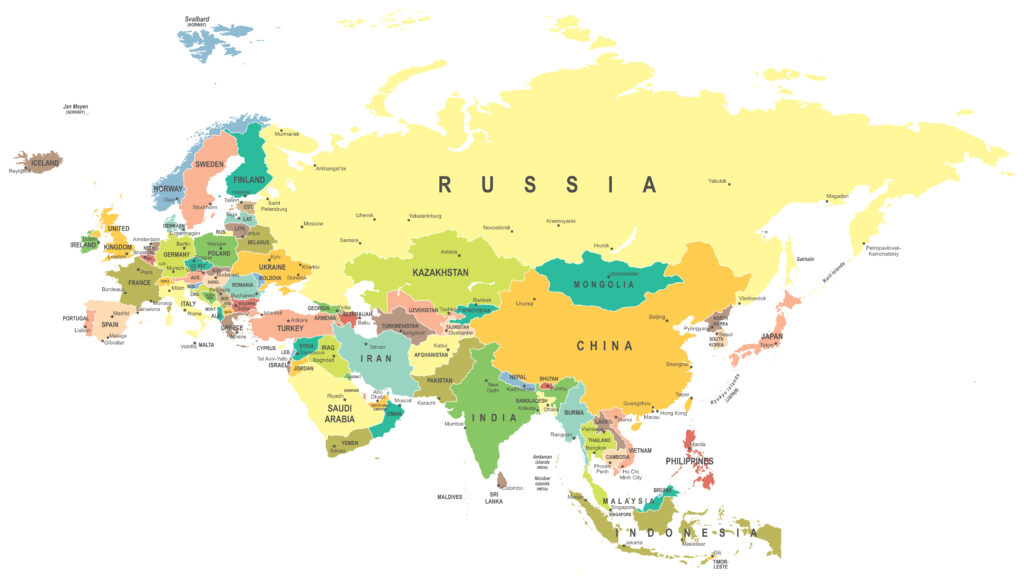
By Stephen Bryen, Asia Times, 12/7/23
Pitching Congress with a proposal for more aid for Ukraine, US Defense Secretary Lloyd Austin conjured up a threat from Russia.
Austin said that if Congress does not appropriate $61 billion in aid for Ukraine it is “very likely” US troops on the ground in Europe will be fighting Russia.
Republican senators – for various reasons, including especially a dispute over whether to tie the aid to US border security – walked out of the briefing after only twenty minutes.
The threat that Austin imagined is that Russia, after it finishes with Ukraine, will launch attacks in Europe. Objectively, though, there is no evidence that Russia threatens anyone in Europe.
That’s not to say there aren’t a lot of Russians who think their generals should be threatenng Europe. After all, Europe is providing massive military aid, intelligence and technical help to Ukraine in the war with Russia, along with training Ukrainian troops and helping Ukraine develop its war plans. Stocks of European weapons, meant for NATO defense, have been shipped to Kiev. Most of them won’t be replaced for decades, if ever.
From Russia’s point of view the real land grabber is NATO. After all, despite Russia’s warnings and promises made to Russia that were blatantly violated, NATO expanded in the Balkans and in Eastern Europe. (The Russians were frequently assured, starting with a vow from former President Bill Clinton [it was the Bush I administration which first made the promise, not Clinton – NB], that NATO would not expand.)
Expansion has meant arming the new NATO members with top quality western weapons, building bases for NATO on their territories and threatening Russia directly.
One of the reasons Russia took over most of Eastern Europe at the end of World War II was to create a security buffer. That was not the only reason, of course; the Russians also were anxious to get hold of resources in these countries. One recalls that Russia suffered huge devastation and depopulation thanks to the Nazis and their allies.
None of this means Russia would not like to get back what it lost to NATO’s expansion after the collapse of the Soviet Union. And, yes, it is quite true that Russia’s “Special Military Operation” can be regarded as a land grab in Ukraine.
But there is little sign that Russia intends any expansion in Eastern Europe or the Baltic States and virtually no intelligence of any kind supporting the Austin invasion thesis. If there were any concrete intelligence you can safely bet the Biden administration would let Congress know (especially when it has its hands out for more money for the war).
There are three reasons for crediting the opposite hypothesis, namely that Russia has no intention of expanding outside of the Ukraine conflict area.
The first reason is behavioral. With NATO’s war stocks at an all time low, Russia could have taken advantage of this vulnerability and moved its forces against NATO targets – for example NATO operations in Poland or in the Balkans – but have not done so.
The Russians have exercised unprecedented restraint and even tolerated aggressive intelligence flights and NATO naval exercises in the Black Sea, an extraordinarily sensitive Russian security worry. The Black Sea is not only the back door to Ukraine, it is also a route to challenge Russia itself.
Russia even exercised restraint when Ukraine used drones to hit an airfield inside Russia where nuclear bombers are based. Two of these bombers were either damaged or destroyed. Such an attack needed intelligence support from NATO, primarily the US, and the Russians no doubt understood that quite well. Yet the Russians tolerated the attack to a degree and took no steps to widen the conflict.
There is some evidence that the attack on the Soltsy-2 airbase was launched by the Ukrainians from Estonia, as Ukrainian drones did not have the range to reach the airbase.
Other examples of Russian restraint include the sinking of Russia’s flagship Moskva with US help, multiple attempts to destroy the Kerch Strait bridge connecting Russia to Crimea and multiple attacks on Moscow, including an attempt to hit Putin’s Kremlin office in what Russia says was an attempt to assassinate Putin.
The second reason to view Russia as reluctant to expand the conflict is that doing so would be immensely costly. Russia has already learned just how expensive the Ukraine war is, even though it is finally winning the war after nearly two years of fighting. But a war in Europe would add US and European fighter aircraft and bombers to Russia’s misery – even if NATO ground forces would have significant problems, according to a RAND study.
The greatest cost for Russia is manpower and casualties from the war. Figuring out actual casualties is difficult, because the Ukrainians and Russians alike either don’t tell the truth or say nothing.
Yet the fact that Russia needs to step up its military recruiting – has even filled gaps with prisoners – says that the war has taken many lives. It also means that the war’s popularity in Russia may be threatened if the numbers of killed and wounded grow too high.
It is hard to believe Russia would crank up a bigger war, given the impact on manpower. Nor would the war keep the support of the Russian people, who know how to oppose a conflict when it starts to bite them at home. That’s what forced Russia to leave Afghanistan, starting the withdrawal in May 1988 and completing it in February 1989. (That wasn’t enough to save Gorbachev or prevent a coup attempt and it led to the disintegration of the USSR.
The third reason that speaks against Russia expanding the conflict is the unanticipated wild card of Western sanctions on Russia.
In effect, responding to Putin’s “Special Military Operation” in Ukraine, NATO and many other countries aligned with the United States or with the European Union imposed heavy sanctions on Russia. This drove Russia into the arms of China and forced Russia to rethink its future. Above all it meant a realignment of Russia’s resources, trade and monetary system away from Europe and the west.
This is a decisive new factor that changes the strategic roadmap for Russia. It directly undermines the argument that Russia has something to gain from any attack on Europe. The truth is that the Russians are less and less interested in Europe or the United States. One can safely say that the extra-legal Western sanctions were a major strategic blunder for NATO and its partners and friends, as well as for the EU.
Even if a peace deal is made with Ukraine and Europe and the US lifts sanctions on Russia, it is probably too late to recover from the damage done to any future ties. Russia won’t reject trade with the West, but it is likely to make business deals only on its own terms. It is unlikely Russia will again allow western companies to operate inside Russia, and the country will increasingly team with China for technology and weapons development. In short, the west filed for divorce and the Russians accepted the final decree.
The Austin argument is, for the above reasons, false and misleading.
When the Republicans walked out of the secret briefing staged for the Senate to try and sell them on supporting more money for Ukraine, many argued that the Biden administration’s arguments were stale and unconvincing. The Biden effort to intimidate the Senate simply didn’t work.
What will the Biden bunch come up with next?
https://natyliesbaldwin.com/2023/12/ste ... in-europe/
******
Austin & Blinken Are Putting A Military-Industrial Spin On Their Pleas For More Ukraine Aid
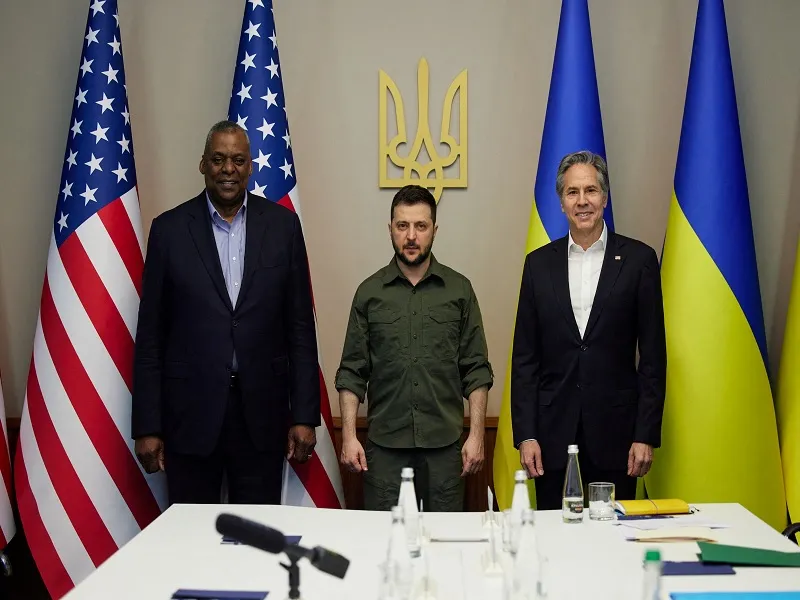
ANDREW KORYBKO
DEC 10, 2023
By putting a military-industrial spin on their pleas, they’re hoping to play to some of the Republicans’ misguided patriotism as well as what could even perhaps be their investments in that same industry.
The Secretaries of Defense and State have recently taken to putting a military-industrial spin on their pleas to Congress for more Ukraine aid in an attempt to convince Republicans to support Biden’s bill. Austin announced that the armed forces have commenced “the most ambitious modernization effort in nearly 40 years for our defense industrial base” while Blinken boasted that “90% of the security assistance we’ve provided has actually been spent here in the United States with our manufacturers.”
This emerging narrative trend comes amidst the congressional deadlock over continuing to fund NATO’s proxy war on Russia through Ukraine after the latter’s summer counteroffensive failed, the latest Israeli-Hamas war redirected the US’ military focus, and political tensions started spiraling in Kiev. All three developments bode negatively for the scenario of this conflict becoming the US’ next “forever war” and instead strongly suggest that it’s finally beginning to wind down despite the endgame remaining unclear.
Nevertheless, elements within the US’ permanent policymaking bureaucracy still want to keep it going, which accounts for the feverishness with which the Biden Administration is pressuring the Republicans to approve more Ukraine aid. For their part, the opposition demanded robust border security reforms in exchange for their support, absent which they might let all aid run out so that the ruling party is forced to embarrassingly explain the indisputable loss of this proxy war to voters ahead of next year’s elections.
Either way, the Republicans are wagering that they’ll be able to achieve a political victory of some sort throughout the course of this debate that’ll increase the odds of them returning to power, which is why Austin and Blinken are now trying to appeal to their other interests in a last-ditch bid for support. By putting a military-industrial spin on their pleas, they’re hoping to play to some of these politicians’ misguided patriotism as well as what could even perhaps be their investments in that same industry.
Simply put, the Secretaries of Defense and State are hoping that they can convince enough Republicans to support the Democrats’ subjective interpretation of so-called “national interests” in this conflict and/or their own financial interests over their party’s ambitions to return to power next year. To their credit at the time of this piece’s publication, the opposition isn’t taking their bait, which can be interpreted as proof of how serious they are about holding firm on this pivotal issue.
Whatever investments they might have in the military-industrial complex aren’t as important to them as ensuring robust border security reform in exchange for their support on pain of finally forcing an end to this doomed-to-fail proxy war if this isn’t received. As for the misguided patriotic dimension of those leading officials’ emerging narrative trend, those investments should have been included the 2024 National Defense Authorization Act (NDAA), not as separate votes connected to Ukraine.
In fact, seeing as how the aforementioned legislation always increases in cost, those lawmakers that invest in the military-industrial complex are already profiting so the first part of the two Secretaries’ plea is solely trying to exploit their greed by dangling the carrot of even more profits than expected. Furthermore, the selfsame legislation already commits to large investments in the US’ defense industrial base, thus making the second part of their plea redundant and reaffirming its appeal to their greed.
The reality is that lawmakers will continue profiting from whatever investments they have in the military-industrial complex irrespective of whether Ukraine aid bill ever passes, whose uncertain future also won’t affect manufacturers, which are guaranteed business from the NDAA. Considering this, both parts of the emerging narrative trend that’s been embraced by the two Secretaries are misleading since they only appeal to misguided patriotism and greed, not legitimate national interests as claimed.
https://korybko.substack.com/p/austin-a ... -putting-a
******

The Clueless American Elite’s View of the NATO-Russian Ukrainian War
by GORDONHAHN
December 8, 2023
The American elite, in particular its foreign and national security policy elite are clueless as to what time it is, where it is and to where it is going. This is exceedingly true when it comes to the NATO-Russian Ukrainian war or the war for and against NATO expansion. Recall that just months ago US President Joe Biden said: “Putin has already lost this war.” Soon former US ambassador to Moscow and National Security Council advisor for Russia and Eurasia chimed in: “Ukraine is winning!” Now everyone acknowledges Ukraine has lost the war. Odd that, as elections approach. The Washington DC apparatchiki and nomenklatura live in an isolated bubble of misinformation constructed by their own disinformation. They believe their own lies, producing their world populated by simulacra, denial of responsibility and a special lack of self-awareness. Only when the lies are exposed and maintaining the fiction becomes a hopeless, self-destructive pursuit or the domestic political struggle dictates another line does something akin to reality is able to stick out its ugly head.
The closest thing to but still far from any realism or honest assessment of the war in the first year of the war for NATO expansion came from former CIA chief Robert Gates and Former National Security advisor Condoleezza Rice. Contrary to the universal propaganda machine meme that Ukraine has all but won the war and Putin can soon be toppled from power, their recent article rose above that low bar analysis to acknowledge that Kiev’s army is on the ropes. The authors also spared us the inspirational though not inspired nonsense regarding ‘Ukraine’s democracy’ standing at the gates of civilization holding off the Muscovite-troglodyte hordes. The sad news is that their realism was driven by the needs of domestic politics: Both are Republicans and so have an interest in countering the Democrat Party-state line.
How low the bar that they managed to rise above is can be seen from the armchair generals and spooks on US media pumping out stories such as former US/NATO General Ben Hodges recent absurdity that Ukraine will take back Crimea “by the end of August”: “Nonsense! Of course time is on Ukraine‘s side. They have no manpower issues and their logistics situation gets better every week. Not one single Russian Soldier actually wants to be there and sanctions are hurting. Ukraine liberates Crimea by end of August” (https://twitter.com/general_ben/status/ ... 3420282880; https://www.newsweek.com/ex-army-genera ... st-1772131 and https://t.me/stranaua/84820). Of course, the reality is that rather than tightening the noose around Crimea, Ukraine’s counteroffensive badly failed and Russia’s already mounting winter campaign will put the Ukrainian army in danger of collapsing. Hodges claim was all over the Internet, reinforcing the illusion of imminent Ukrainian victory. On January 14th as Russian forces mopped up Soledar and were preparing to assault Bakhmut/Artemsky, which will open the entire Donetsk front to collapse of the Ukrainian defense line, US mainstream media was truly delusional and/or disinformational. Yahoo.com ‘s three ‘Top Stories’ were “Putin facing Kremlin mutiny as Ukraine uncovers real reason behind military reshuffle” (www.msn.com/en-gb/news/world/putin-faci ... r-AA16kUec), “Ukraine Could Strike Devastating Blow to Putin as Military Struggles” (www.newsweek.com/ukraine-could-strike-d ... ea-1773386), and “Ukraine credits local beavers for unwittingly bolstering its defenses — their dams make the ground marshy and impassable” (https://news.yahoo.com/ukraine-credits- ... p_catchall). Good stuff.
Back to Gates and Rice, well they at least were on target in admitting that it is Volodomyr Zelenskiy’s Ukraine that is running out of time and thus recommending a major ramping up of military assistance to Ukraine if the goal is to defeat Russia at war—however unlikely it is that goal can be achieved. True to recent Washington form, such a policy risks the collapse of escalation management. By forcing Moscow to attack Western aid convoys and/or cut off the land supply rout from Poland to western Ukraine by sending south from Belarus a new invasion force could backfire by leading Russia to form a pincer movement to encircle Kiev with the other prong sent south from Belgorod through Chernigov and/or Sumy.
As usual, Gates and Rice bombard the reader with propaganda bromides: Ukrainian President Volodomyr Zelenskiy is the “Chrurchill” of today and the goal of Putin’s ‘special military operation’ is the conquest of all Ukraine. I personally do not recall Churchill having millions of dollars in offshore accounts, being sponsored by a mafia don-like oligarch once banned for entry into the US, closing opposition political parties and media, or being in alliance with fascists, awarding a medal to one who expressed hope he could one day feed his dogs the bones of Russian children. As I recall matters, Churchill led a fight against fascists and supported republican governance. I wonder why it is that Putin, who supposedly wants to recreate the Soviet Union, had only sixty miles and the remainder of a weak Georgian army between his Russian troops and Georgia’s capitol Tbilisi during the August 2008 war (begun by Georgian President Mikheil Saakashvili) but did not try to take Georgia. This occurred when the authors were in the White House in the younger Bush administration. Odd that.
The authors also exhibit more of the now quintessential American lack of self-awareness by wholly ignoring the US and West’s own responsibility for the war and any need for diplomacy. Instead, they focus solely on more Western military escalation as the only path to the war’s end. Thus, overall, Gates and Rice continue in the manner of NATO expansion by proposing a policy that pursues further weakening of Russia’s national security—the very cause of the war in the first place. This is not surprising, since this rare glimpse into an actual reality comes from two establishment ‘rino’ Republicans afterall.
The self-delusion on the other side of the aisle goes beyond befuddling, even astonishing. The Democrat Party-state nomenklatura lives entirely in its own world—one of fakes, arrogance, self-righteousness, and the disinformation, obfuscation, and simulacra necessary to maintain them. In their world, men can give birth; there are 150 genders and counting; children should change their sex; censorship is freedom of speech; fraudulent elections are free and fair; authoritarianism is democracy; foreign states’ sovereignty must be protected but US sovereignty must not; Russia does not oppose NATO expansion; Putin wants to ‘recreate the Soviet Union’ or the Russian Empire—take your pick.
Democrat Party-state simulacra and self-delusion leaves most of the American ‘elite’ in a mirage-filled cocoon regarding Russia and the Ukrainian war, conjuring fairy tales for the American and Western publics. One recent example was a talk Michael McFaul gave to an audience of Stanford alumni that left them in a fog of illusions topped off by self-righteousness and demonstrated why American diplomacy is so feckless, reinforcing the reliance on military power and economic coercion (e.g., sanctions) in US foreign policy (www.youtube.com/watch?v=Wbzf0ix2G5I&t=8 ... fordAlumni). The former US ambassador to Russia argued there are three causes of the war in Ukraine: power politics, NATO expansion, and Russian domestic politics. Although there is much fodder for criticism in his discussion of ‘power politics’ and Russian domestic politics, I will confine my remarks to his picture of NATO expansion and Russia’s response for the most part.
In McFaul’s Democract Party-state McWorld, Russia was never opposed to NATO expansion. Its protestations are a ruse for other purposes – at present – of justifying Putin’s efforts to conquer all Ukraine. His evidence is that the Russians never raised the issue of NATO expansion during his tenure overseeing the fictive ‘US-Russian ‘reset’. We may never know if any Russian officials raised the issue with McFaul, but they, including Putin, routinely raised it in their public remarks. If they did not raise it with McFaul or the Obama administration, could it be that Moscow already understood it was useless? Washington would push NATO expansion in lieu of any serious Russian pushback (e.g., Georgia 2008) at any rate, and the Russians may have held off raising the issue in order to preserve the ‘reset’ such as it was. Moreover, McFaul made his remarks also in the present of 2022. Meanwhile, the groundwork for Ukraine’s eventual entry into NATO continued to be laid and Moscow knew it. It is worth noting first that McFaul’s claim cannot be disproved until Obama era documents are published in some 15 years and second that McFaul (not Putin) has asserted that lying is diplomacy and that diplomacy with Russia is “appeasement” (www.youtube.com/watch?v=NB_-C5_97hU&ab_ ... =JChaoLive). We now know form Ukraine’s chief negotiator in the Gomel-Istanbul talks that an agreement had been made, obviating the need for the war, and that Russia’s main demand at those talks was that a neutral Ukraine remaining outside of the NATO bloc (https://1plus1.ua/mosejcuk/videos/1-sez ... -2022-roci; www.youtube.com/watch?v=N_ughfLpMfQ&ab_ ... 0%A1%D0%A0; https://braveneweurope.com/michael-von- ... or-ukraine; and https://twitter.com/perni16812/status/1 ... 3DfCRCwexQ); https://www.youtube.com/watch?v=g5hrJNG ... 0%BC%D1%8B).
McFaul also claims that neither Ukrainian nor Georgian membership in NATO were ‘on the agenda’ during the reset. Putting aside the foggy term ‘on the agenda’, we know that Washington and Brussels were deepening military-to-military ties with Kiev throughout the entire decade leading up to the Maidan revolt they both cultivated. Also, during the ‘reset’ NATO summits repeatedly issued resolutions asserting that both Ukraine and Georgia would one day be in NATO [for more on NATO-Ukrainian cooperation during the decade before Maidan, see Gordon M. Hahn, Ukraine over the Edge (McFarland Publishers, 2018)]. When I raised this with McFaul in a written exchange 5-6 years ago, his response was: ‘You don’t understand diplomacy.’ Presumably, this would be that same ‘diplomacy’, the essence of which is lying.
McFaul’s discussion of NATO expansion and the Russian response is, well, faulty. His account leaves out the fact that it is not just the authoritarian Putin, who has opposed it, but semi-democratic Russian president Boris Yeltsin and other Russian liberals well before him who also vehemently opposed it both during the heyday of US-Russian rapprochement in the early to mid-1990s and over the years since. Regarding McFaul’s third cause of the Ukrainian war (Russian domestic politics), this is instructive. Indeed, it was NATO expansion as much as the post-Soviet economic depression that discredited democracy on the Russian domestic scene, facilitating the turn to a soft (but now harsher) authoritarianism engineered by Putin. Russian weakness and disorientation after the Soviet collapse severely limited any policy response to NATO’s enlargement, but the reckoning was inevitably to come sooner or later. It is here now. Many (George Kennan, John Mearsheimer, present CIA chief Nicholas Burns, and I, among many others) warned McFaul and those who talked like him for years that NATO expansion would lead precisely to the war we see today. Those who were right have been excluded from mainstream discussions and much of the public square, while those like McFaul continue to poison relations with Russia and thereby the overall international security.
In line with this, McFaul carefully avoids all discussion of the ways NATO expansion, in particular to Ukraine, would damage Russian national security. Logic – as opposed to wishful thinking and dreamy faith in some American democratic Providence – would dictate that if NATO expansion damaged core Russian national interests and security, then Moscow would be against it. Thus, McFaul’s and others’ discussions of NATO expansion that deny any real Russian concerns hinge on ignoring whether it has any security effects. Silence, therefore, must surround Russia’s Black Sea Fleet based on Crimea at Sevastopol, for example. Obviously an Ukraine in NATO would not allow a Russian naval base on its territory, and a post-Maidan Ukraine would surely be in NATO eventually, as NATO repeatedly has asserted, unless Russia somehow countered a Maidan Ukraine by, say, annexing Crimea by stealth or invading parts of Ukraine.
The Maidan coup itself has been repeatedly misrepresented by McFaul over the years as simply a peaceful popular protest movement. That coup – putting aside the blow to Russian honor as a result of the West’s condoning the Maidan protest movement’s violation of the Russo-European brokered agreement to end the protests by the Maidan’s neofascist element and its sniper attacks that were blamed on Maidan’s target Viktor Yanukovych – was in itself a blow to Russian national security. Therefore, there came Putin’s stealth occupation and annexation of Crimea—a move that cost far less of life than the neofascists’ Maidan snipers’ massacre and Kiev’s anti-terrorist operation against Donbass separatists. The inception of the post-Maidan regime and the anti-terrorist operation against Donbass that accompanied it were followed by massive NATO military support to Kiev, making Ukraine a de facto NATO member for all intents and purposes. In short, NATO expansion was followed by Western escalation after Western escalation (of which I have discussed but a few here). Putin’s escalations amounted to three: the Crimean annexation, support for Donbass rebels during the anti-terrorist operation or civil war, and last year’s 24 February invasion.
The escalations by both sides continue during the war to this day, and McFaul and his Democratic Party-state colleagues as well as their Republican opponents are calling for more. Vindication for them might come perhaps. Kiev might take Crimea and Donbass (in some virtual universe), or Putin might take all Ukraine. Indeed, the attempt to accomplish the former is likely to bring about the latter, with all the risks of a nuclear holocaust for humankind such events are fraught. Clearly, the last thing one needs now is lying; excuse me, I mean diplomacy.
https://gordonhahn.com/2023/12/08/the-c ... inian-war/
Pretty good except for the hyperbole concerning Dem party priorities. While I certainly disagree with much of the Dem culture war agenda and assumptions this sort of criticism aligns with US right wing politics, which I certainly do not endorse either.
The culture war in the US, while of course having a basis in reality, is massively ginned up by the politicians of either party and the corporations for partisan purpose and to perpetuate the division of the working class.
********
FSB on the destruction of the Ukrainian intelligence network in Crimea
December 11, 11:39
The FSB reported on the defeat in Crimea of a large enemy intelligence network that was preparing terrorist attacks on the peninsula.
In 2023, the Federal Security Service crushed an extensive network of agents of the Ukrainian special services in Crimea, which was supposed to carry out high-profile terrorist attacks and sabotage, the intelligence service’s Public Relations Center reported.
"(Together with the Investigative Committee. - Editor's note) the activities of a deeply clandestine, extensive intelligence network of Ukrainian special services, created under the control of so-called Western curators on the territory of the Republic of Crimea to commit high-profile sabotage and terrorist acts against representatives of government bodies and military personnel of the Armed Forces, were suppressed and the FSB, as well as transport and energy infrastructure of the peninsula,” the department said.
The intelligence service identified agent handlers from the Main Intelligence Directorate of the Ministry of Defense of Ukraine and the Security Service of Ukraine.
The militants planned terrorist attacks against the head of Crimea Sergei Aksenov, the chairman of the parliament of the republic Vladimir Konstantinov, the mayor of Yalta Yanina Pavlenko, the pro-Russian blogger Alexander Talipov and public figure Oleg Tsarev.
In addition, the FSB prevented 14 acts of sabotage and terrorism, namely the explosions of six sections of the railway, two gas distribution equipment facilities, three electrical substations and three vehicles.
Also on the peninsula, 15 caches prepared by the Ukrainian special services were discovered, from which 37 improvised explosive devices and more than 200 kilograms of explosives were seized.
Ten people have already been convicted of preparing acts of sabotage and terrorism.
“18 agents and accomplices of the Ukrainian special services were detained, involved in committing five acts of sabotage on sections of railway tracks in the Simferopol, Kirov regions of the Republic of Crimea and in the area of the city of Feodosia; explosions of gas pipelines in the city of Simferopol and the urban-type settlement of Koreiz, as well as vehicles belonging to a representative of the administration Zaporozhye region and servicemen of the Ministry of Defense taking part in a special military operation ,” the FSB said.
Currently, more than 30 criminal cases of a terrorist nature have been initiated and are being investigated, and the necessary set of investigative actions and operational investigative measures are being carried out. The perpetrators face up to 25 years in prison.
https://turbo.ria.ru/20231211/agenty-1915005609.html - zinc
This year, work on Ukrainian agents is going much better than in 2022.
PS. The SBU and GUR MOU must be recognized as terrorist
https://colonelcassad.livejournal.com/8820690.html
Google Translator

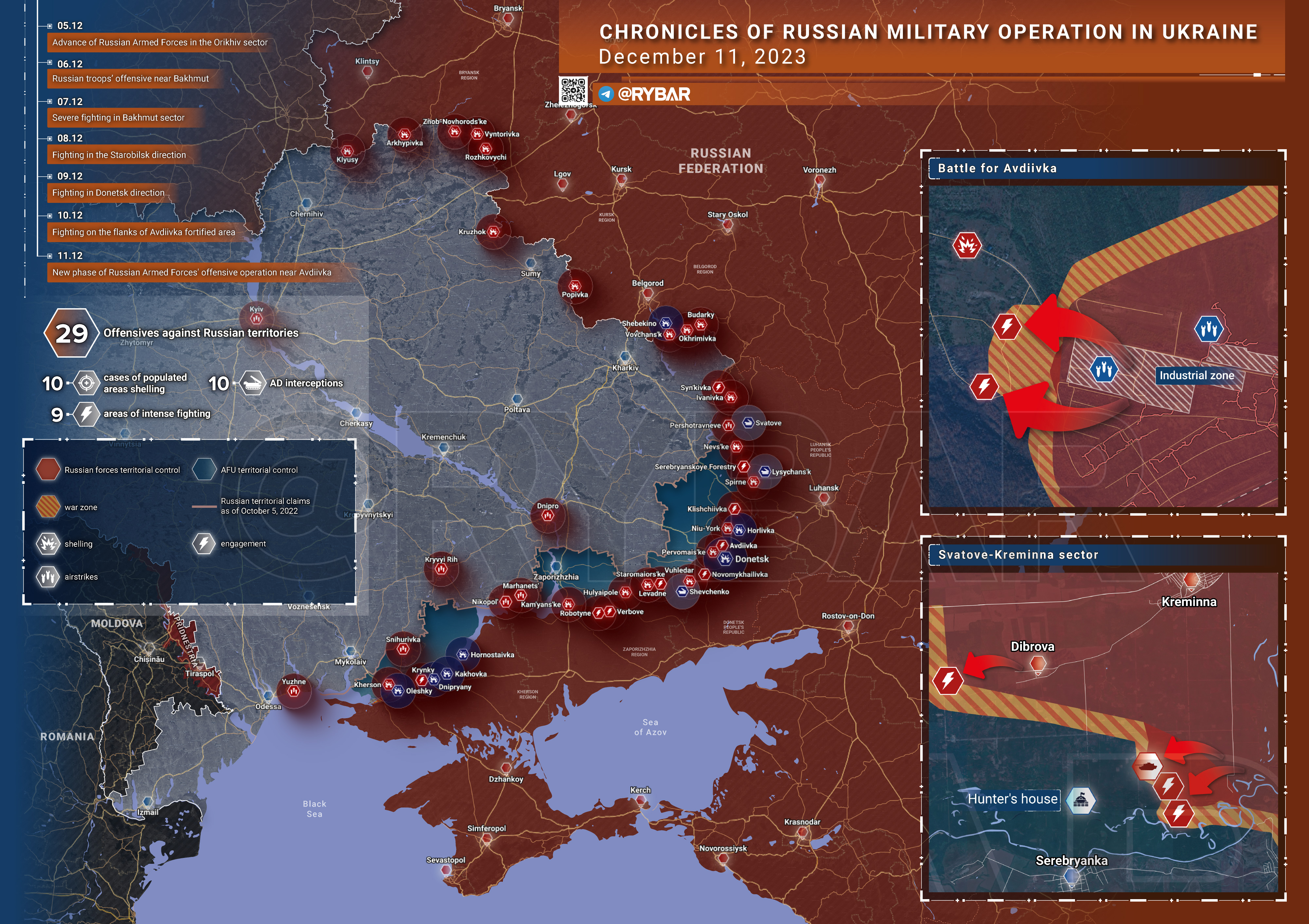
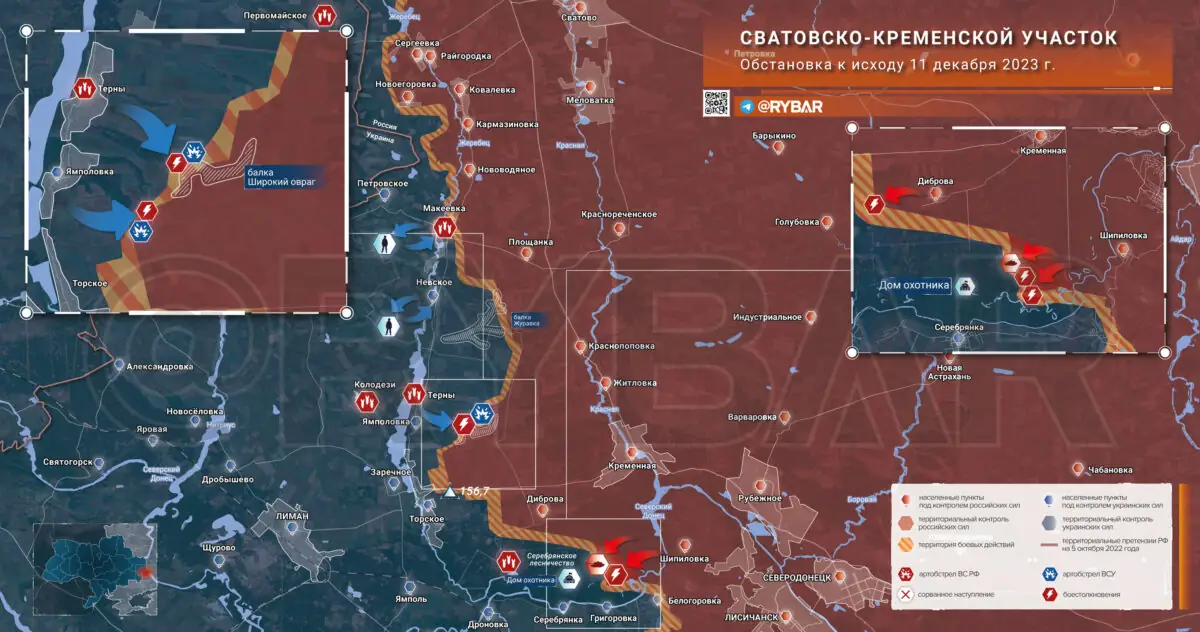

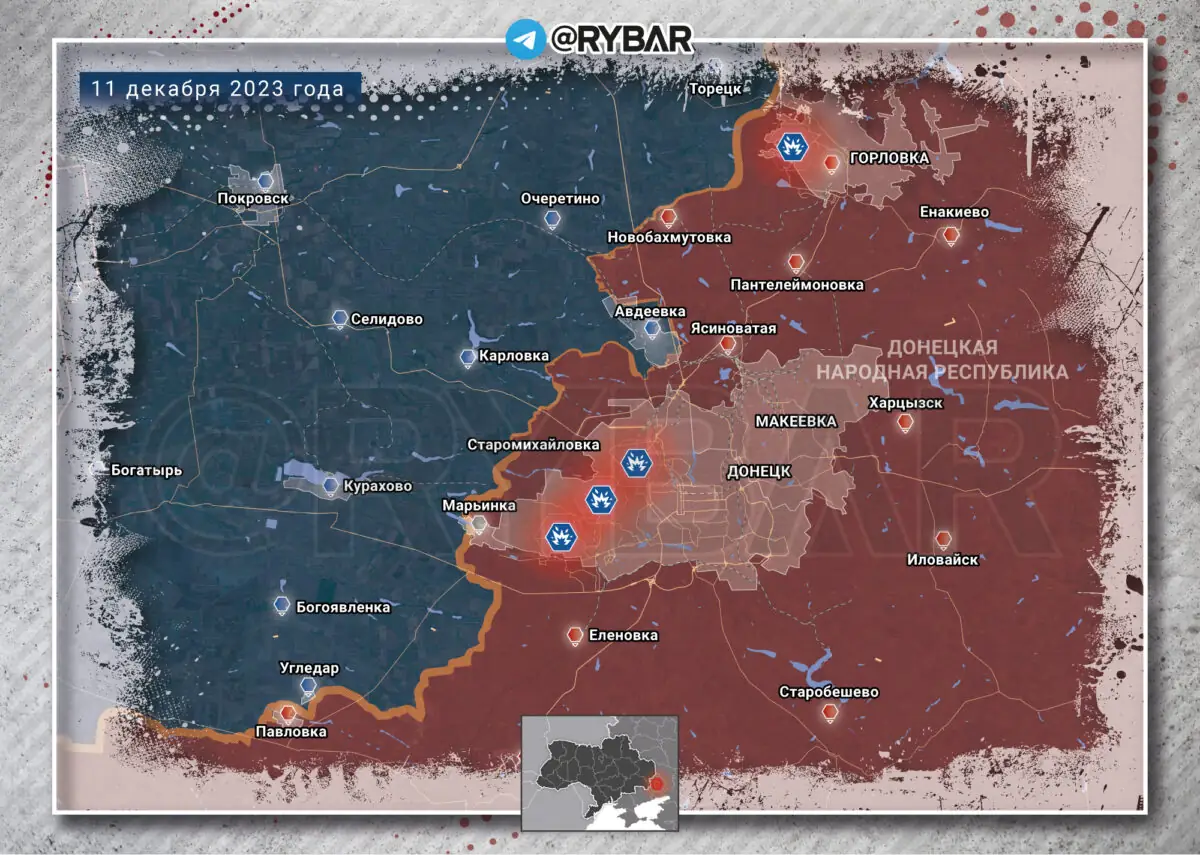
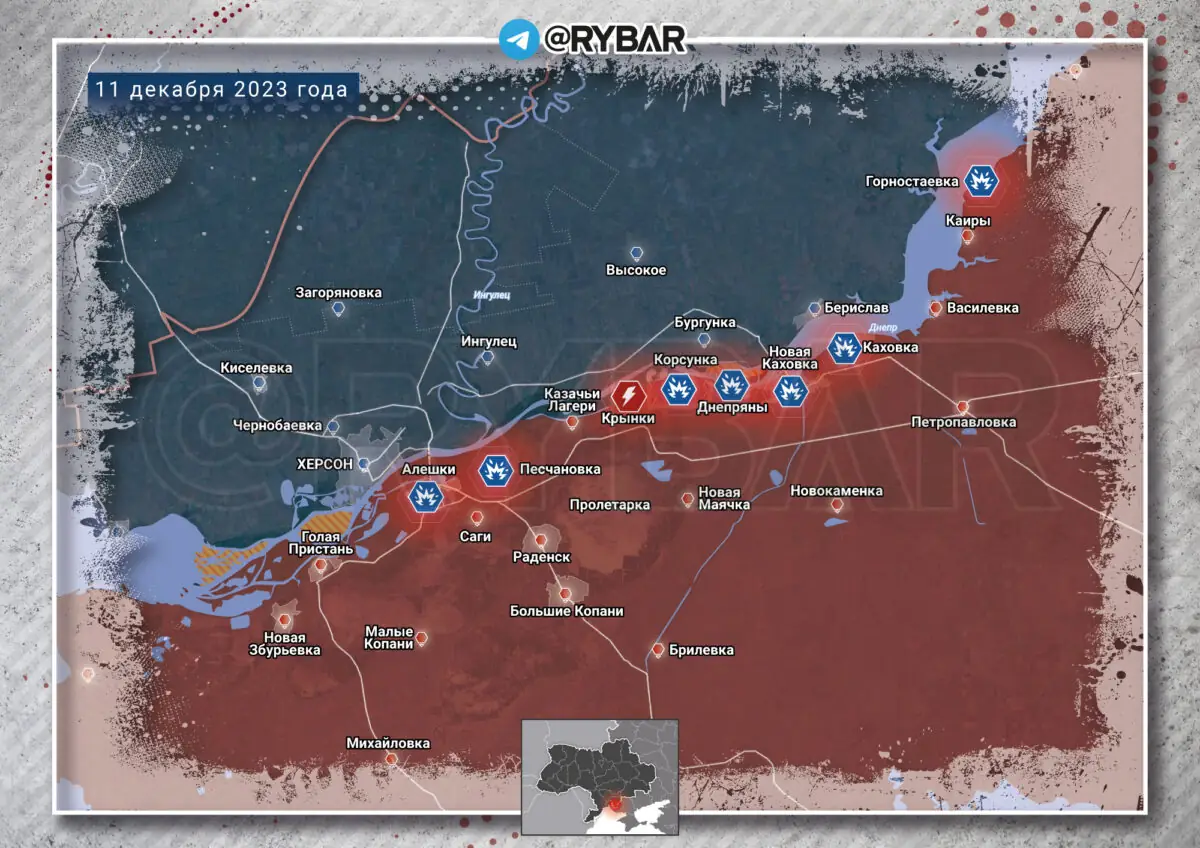
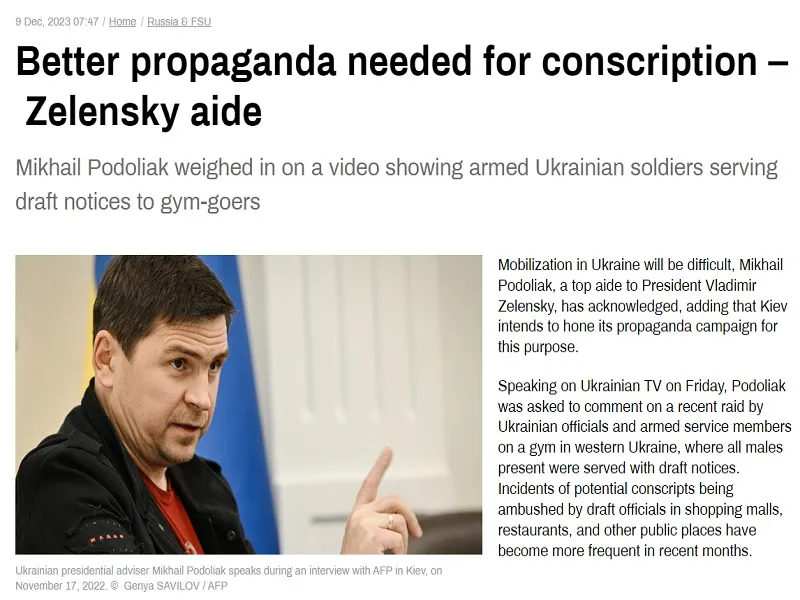
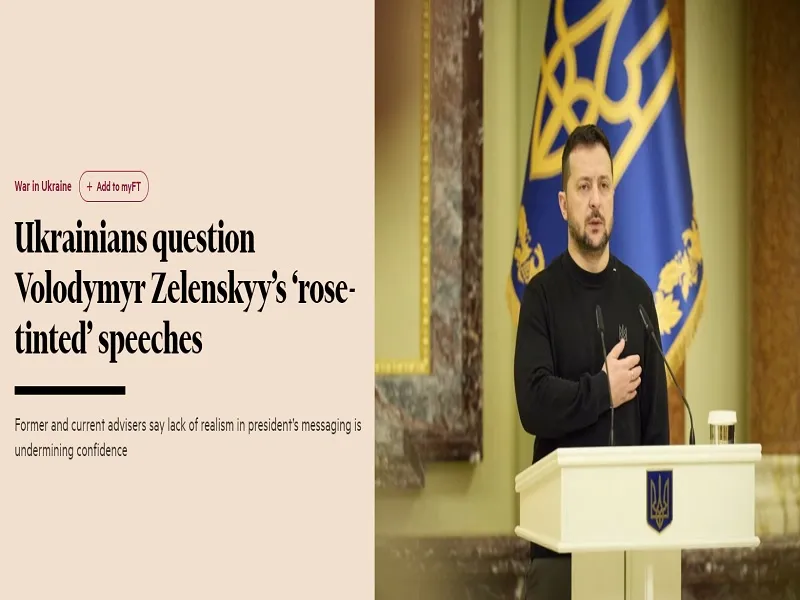





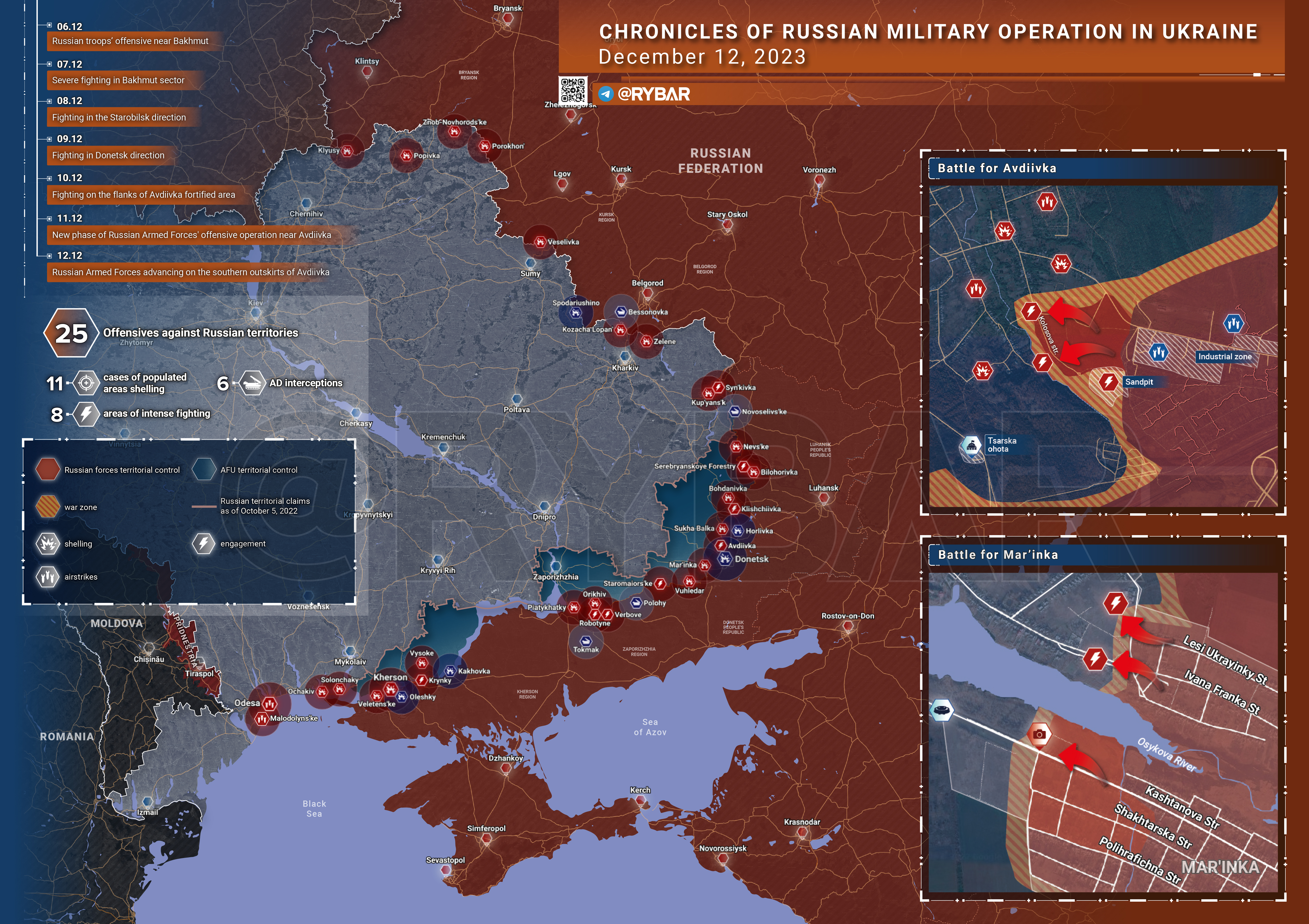
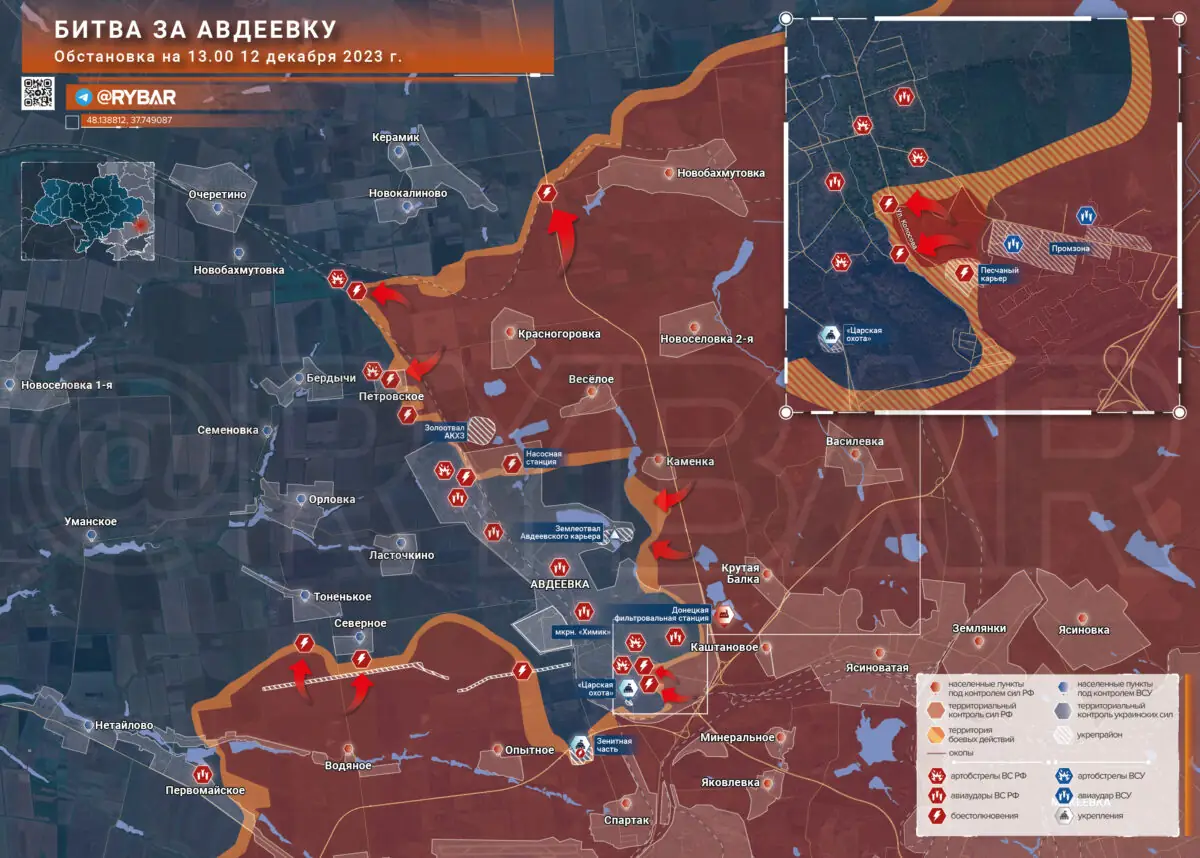
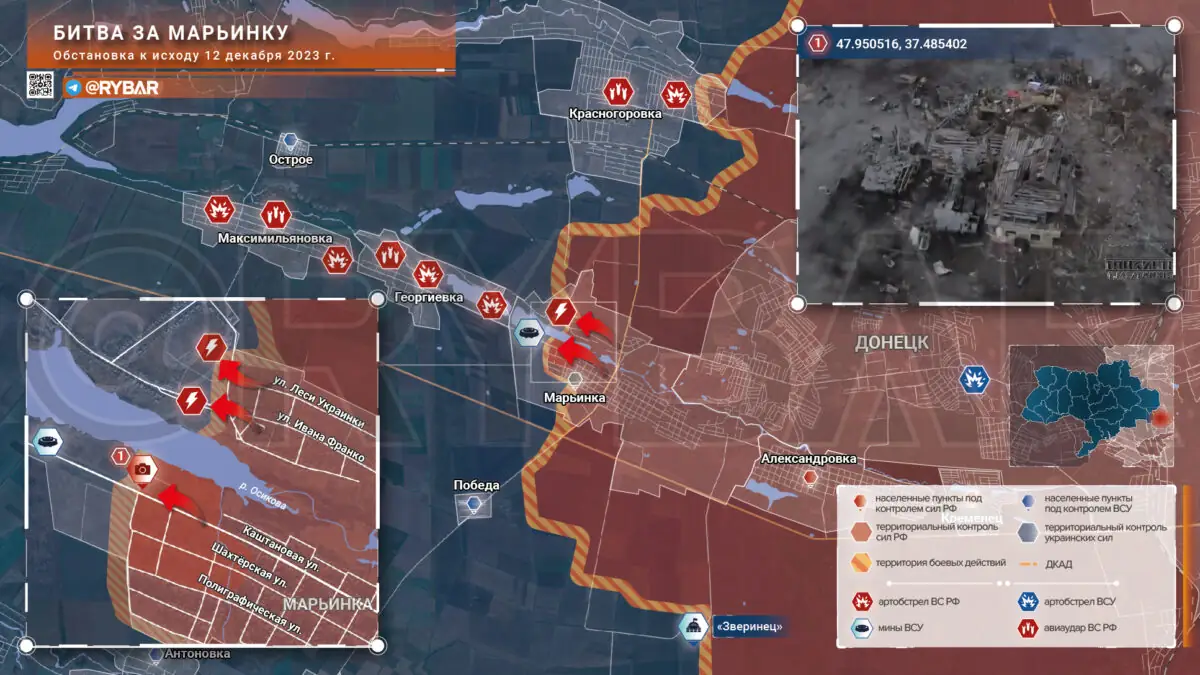
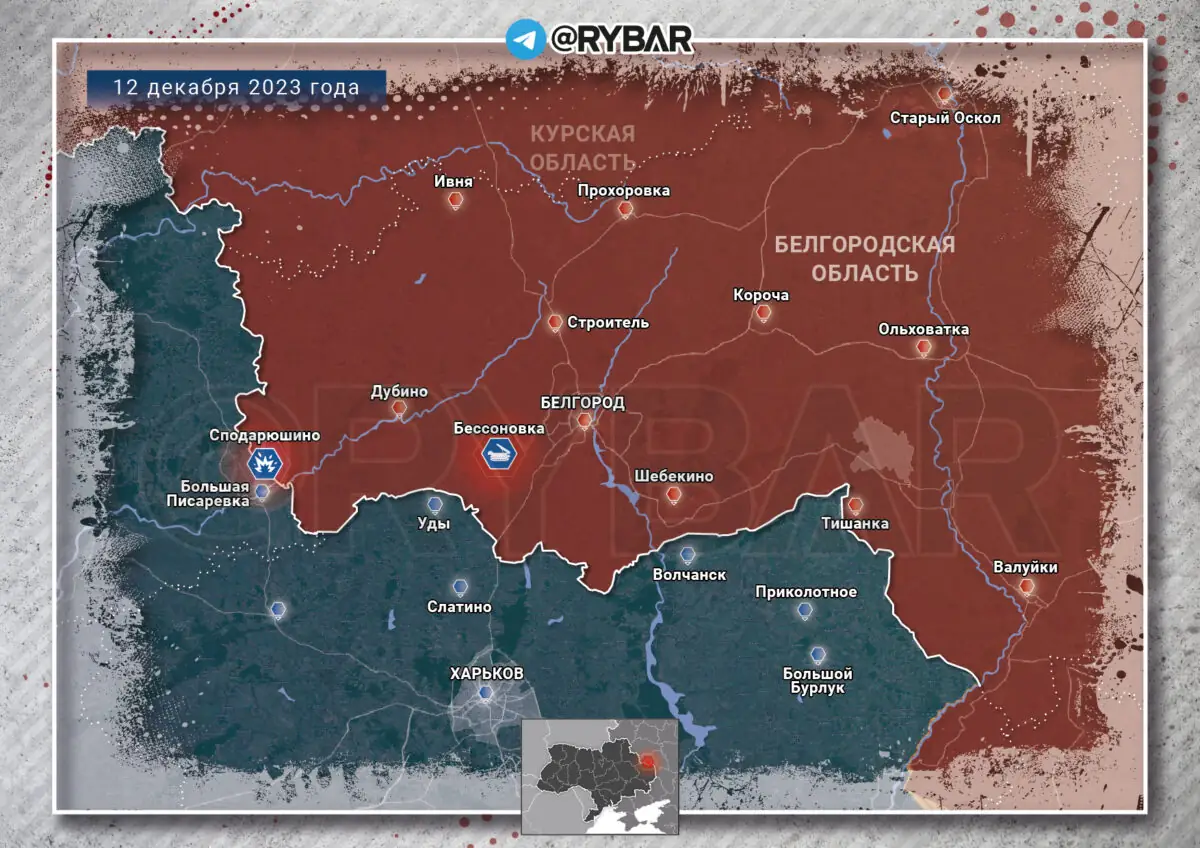
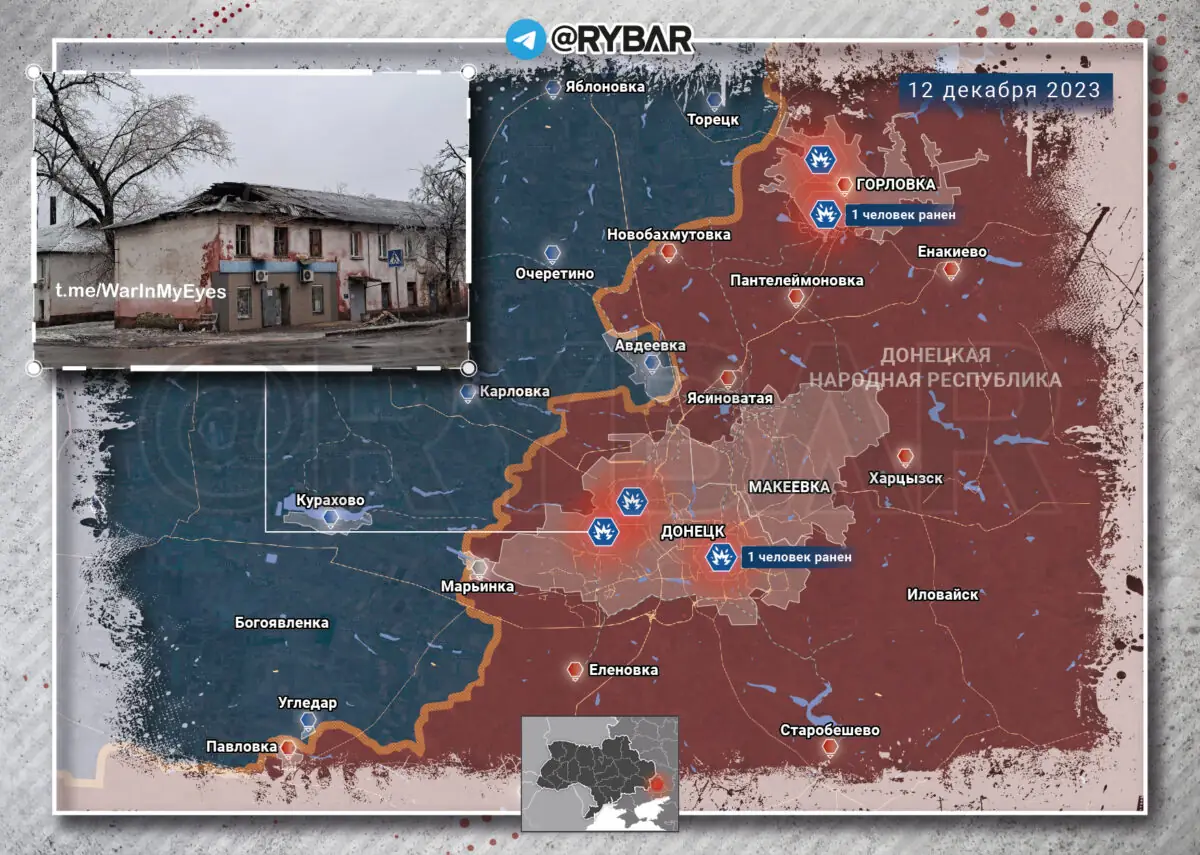
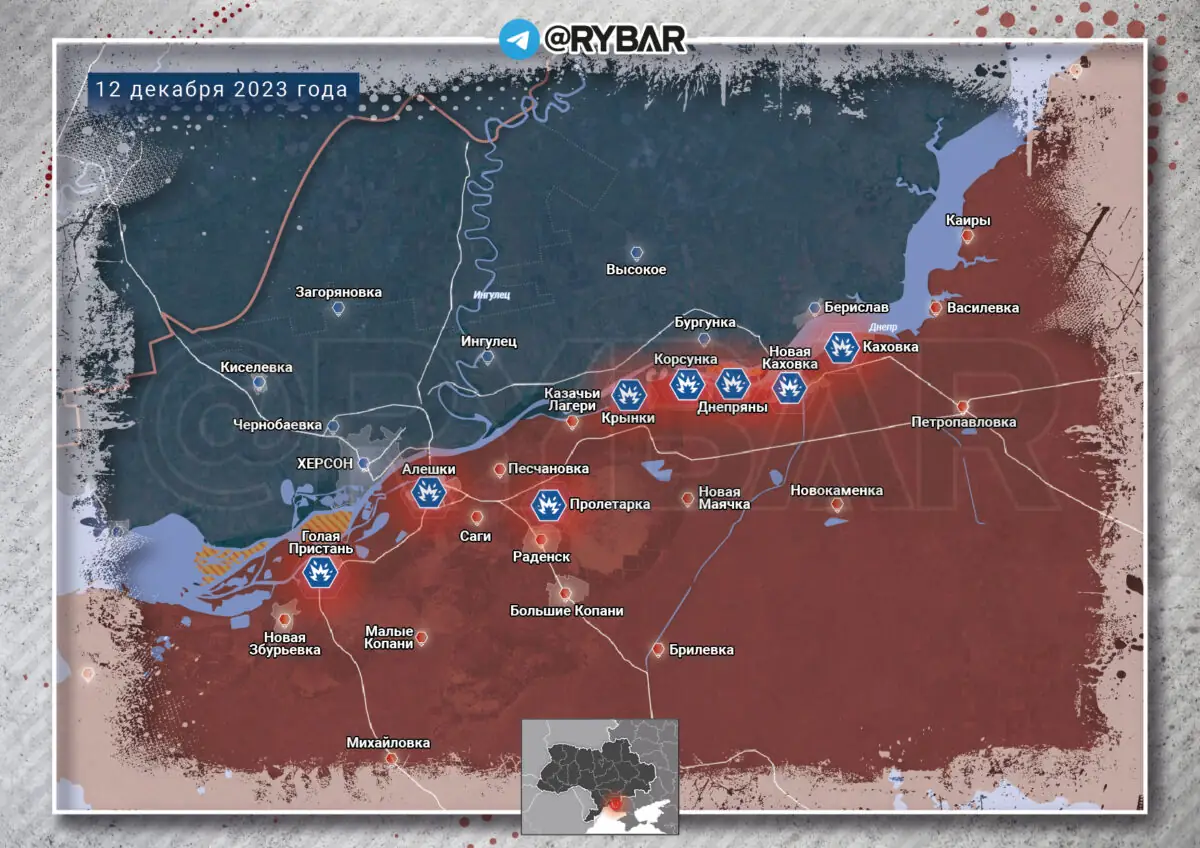
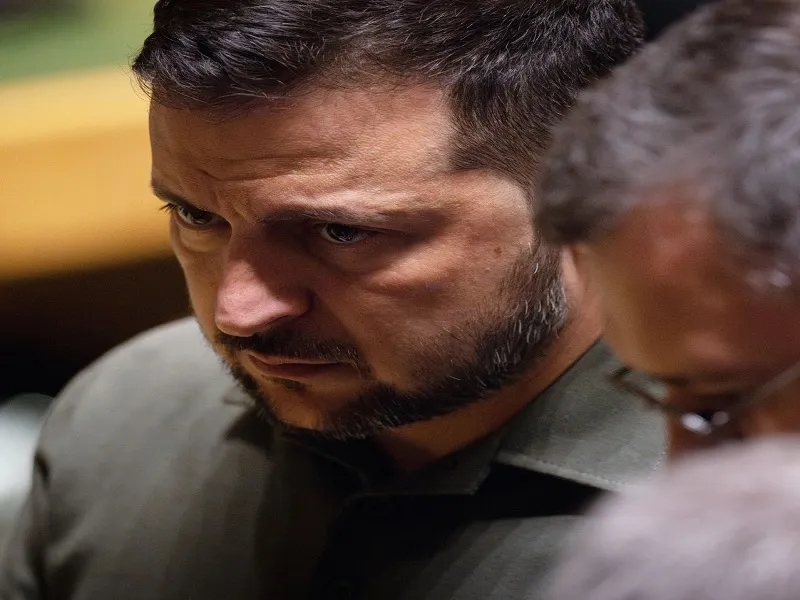
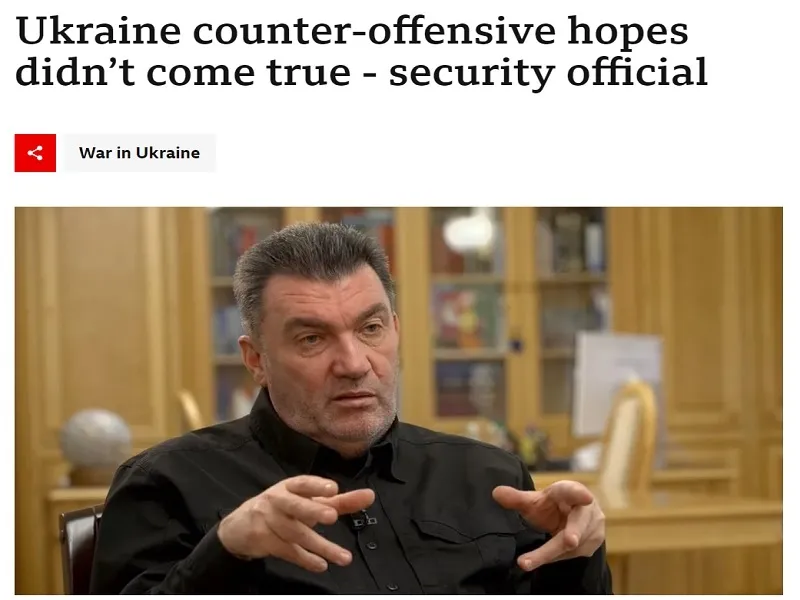






 SIMPLICIUS THE THINKER
SIMPLICIUS THE THINKER